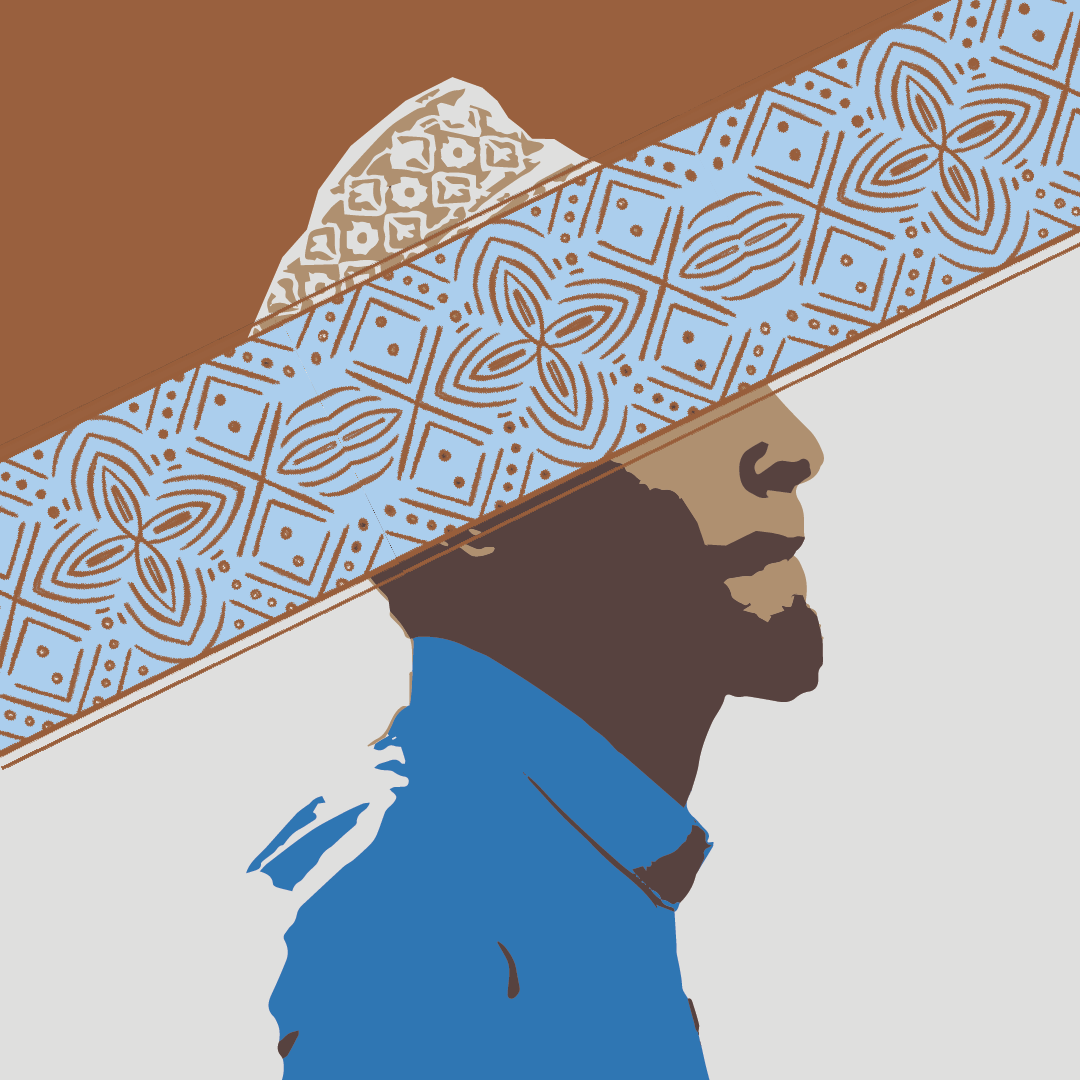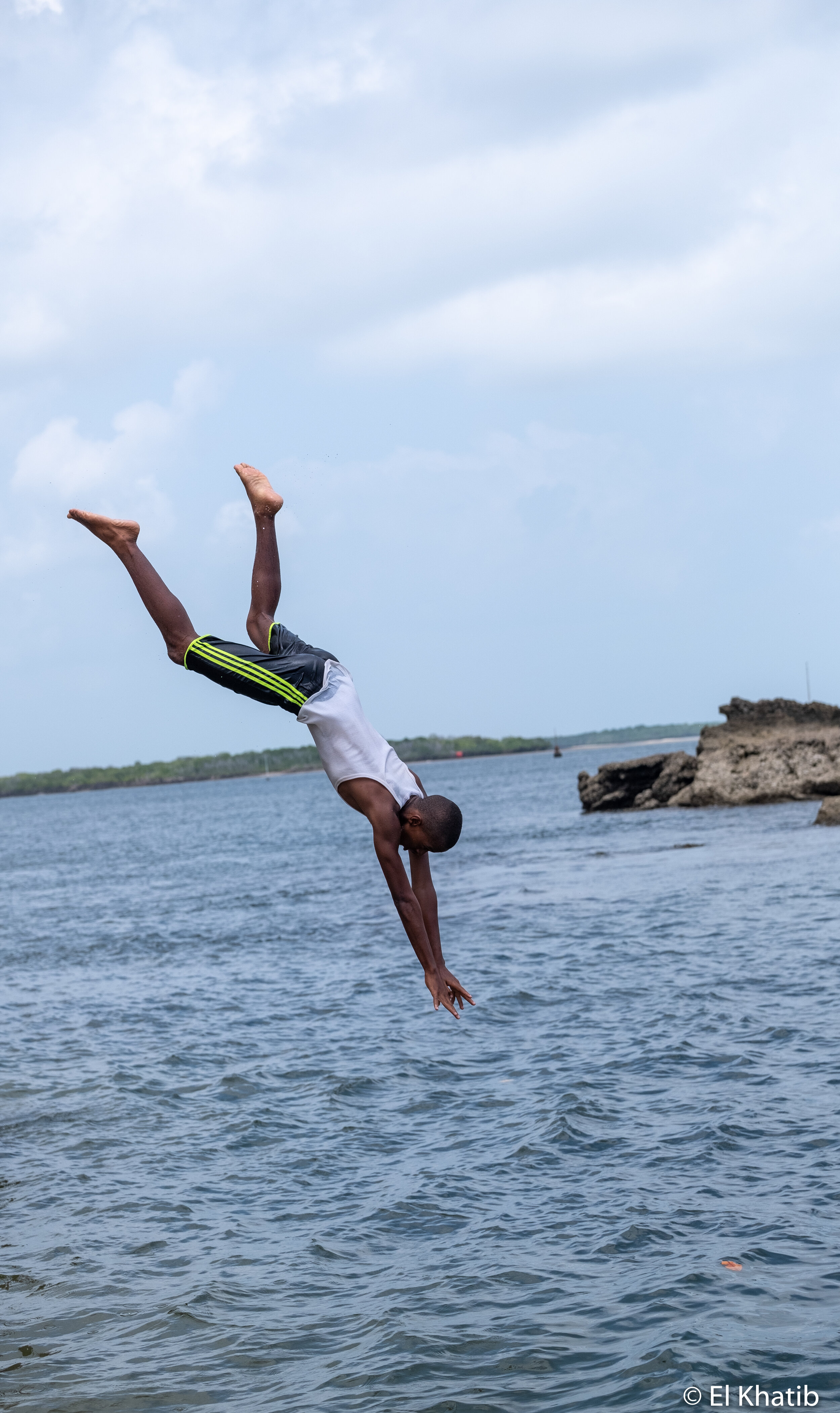Shela Town: East Africa’s Most Enchanting Corner
My journey to Shela was a trip of many legs, each less formal than the last. After landing in Nairobi, I was ferried onto a propeller plane for a bumpy hour long flight to Lamu County. As our plane climbed through the turbulence away from Nairobi, Mt. Kilimanjaro came into view in the distance. Slowly the geography below started to change, shifting from safari and greenlands to coastal landscape. We landed in Manda Bay Airport on Manda Island, the term airport here meaning a small concrete strip with a straw-roofed shelter serving as the check-in desk, baggage claim, and security, all in one. Manda Bay Airport was a smorgasbord of locals, European tourists, and Kenyan tourists. A crew of two shuttled the baggage from our small propeller plane to the shelter, and I saw everything from large paintings to small household appliances. From Manda Bay Airport, the last leg of the journey was a short 15-minute boat ride to Shela Town.
Shela Town and Lamu Town are connected by a beach path trafficked mainly by foot or donkey unless it’s low-tide, when you might see a boda boda (motorbike shuttle) struggling against the sand under the weight of 2-3 passengers. I did not know, before making my journey here, how storied this junction on the Kenyan coast was. Its residents, according to historical accounts, migrated from Manda Island in the 1800s (specifically the site of present-day Takwa Ruins) due to a diminishing supply of fresh water.
Considered the African crossroads of Chinese, Arab, and Indian culture, Lamu is the stuff of legend. Part of the allure, I think, lies in its seclusion. Lamu’s UNESCO World Heritage status has helped to freeze it in time both architecturally and in many ways, culturally. The oldest and best preserved Swahili settlement on the East African coast, it has resisted significant development. There are no automobiles in Shela Town or Lamu Town, just donkeys. The local mantra, if there ever was one, is “pole, pole”, roughly translated to “slow down”. And that mantra is felt in every nook and cranny of the archipelago, making Lamu the destination of choice for saint and celebrity.
Habib Swaleh, a Muslim scholar in the making believed to have lineage tracing back to Prophet Muhammad (pbuh) traveled to Lamu to study under its renowned Islamic scholars in the 1870, eventually founding the annual Lamu Maulid Festival, attracting scholarship from all around Africa and the Middle East. Peponi Hotel, where I spent many an evening drinking the only cappuccino I could find in town (a house turned hotel once owned by the wealthy Nestlé family), is the setting for many celebrity sightings from Mick Jagger to Yehudi Menuhin to Sting to Jude Law.
The Princess of Monaco and her husband, Prince Ernst of Hanover, purchased and built several properties that were still in operation during my time here. All of this against the backdrop of men dressed in traditional thobes and women dressed in niqab. This peculiar dance between the Islamically traditional and the glamorous and famous is best captured by the signs posted all around the beachfront requesting that visitors not enter the village with their beachwear and alcohol.
It took me many days here to start to unwrap the dynamic between the local community and the tourism industry. Initial inquiries on the beach were met with what felt like rehearsed replies that the net sum of tourism here was, indeed, positive. Interestingly, the further up from the beach I moved, the less diplomatic the replies became. Tourism was good for the local economy, there seemed to be consensus on that. But many people I spoke to wanted to see more locals owning businesses, as opposed to just servicing them. There was a strong opinion here that the capital needed to open hotels, restaurants, or other hospitality-centered businesses was a barrier for the majority of locals. On top of this, the mostly conservative Muslim community feared that tourism was bringing in elements that contradictory to Islamic faith values. Many of the young adults in the community had turned to alcohol or drugs in recent years. Elders in the community told me that the youth flocked to the tourism industry in search of a quick buck and some believed it was the surest way to financial security. Tourism is one of two primary sources of employment in this community, the other being fishing. Boats ranging from traditional dhows to small motorboats are operated by men for fishing and leisure. Oftentimes, the men operating the boats are employed by those who own them.
On one end of the spectrum, the community spoke of a fear of losing their culture and faith to the tide of tourism. On the other end, they warned of the threat of radicalization. Lamu County borders Somalia and growing tension between the Kenyan government and the militant group al-Shabab bleeds into the community here. An abduction of a French woman living on nearby Manda Island in 2011 shocked the community and prompted several European governments to issue travel advisories, crippling the tourism economy. But the idea of an ideological recession here is as feared as an economic one, exacerbated by the idea of impressionable young men sitting idle with no work. Religious leaders in this community consider themselves the frontline defense against radicalization, attempting to establish Islamic educational institutions that nurture the proper interpretation of the Muslim faith. One of them, Madrasat Al-Huda, is the primary reason for my visit to Shela Town.
Established 62 years ago by sister Fatma bint Ahmad Alkindy on land left to her by her father, Madrasat Al-Huda has served as the primary source of Islamic education in Shela Town. Much of my time was spent with the children of Madrasat Al-Huda. Every single day, without fail, the children would stay behind after fajr and maghrib prayer to review their Quran memorization and work on their tajweed. Each morning and evening session was led by men from the community, many of them coming from their shops and boats to teach the children. It was a community affair, although the school can only afford to compensate 2 teachers.
Unfortunately, the school was shuttered due to much needed repairs so even though the children were on their year-end break, class was still in session at a local mosque.
The building housing Madrasat Al-Huda is approaching the end of its life and is structurally failing, forcing its planned demolition and reconstruction. Reconstruction poses the challenge of building a structure versatile enough to serve the various needs of the children. The plot of land dedicated to Madrasat Al-Huda is limited in footprint, so the architects who worked on the design had to be creative. One of those architects, Zubeir Abubakar, was born and raised in Shela Town. I spoke to Zubeir, a Mandela Washington Fellow, about what motivated his involvement in this project. Zubeir was a student of Madrasat Al-Huda himself and attributes much of his development to the knowledge he gained in the curriculum. He was concerned, he told me, that less and less students were attending the Madrasa in a time when cultivating healthy Islamic ideology was more important than ever.
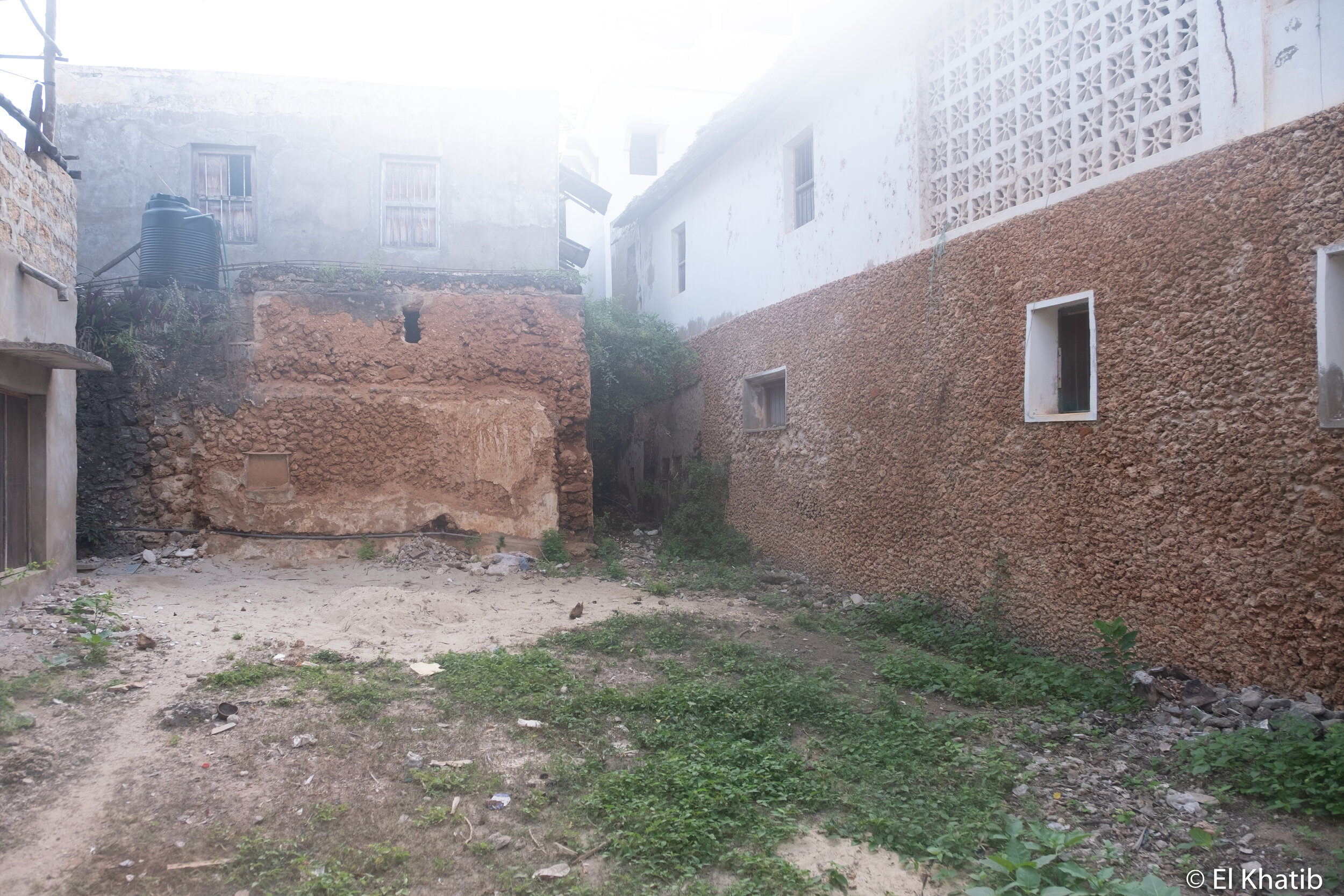
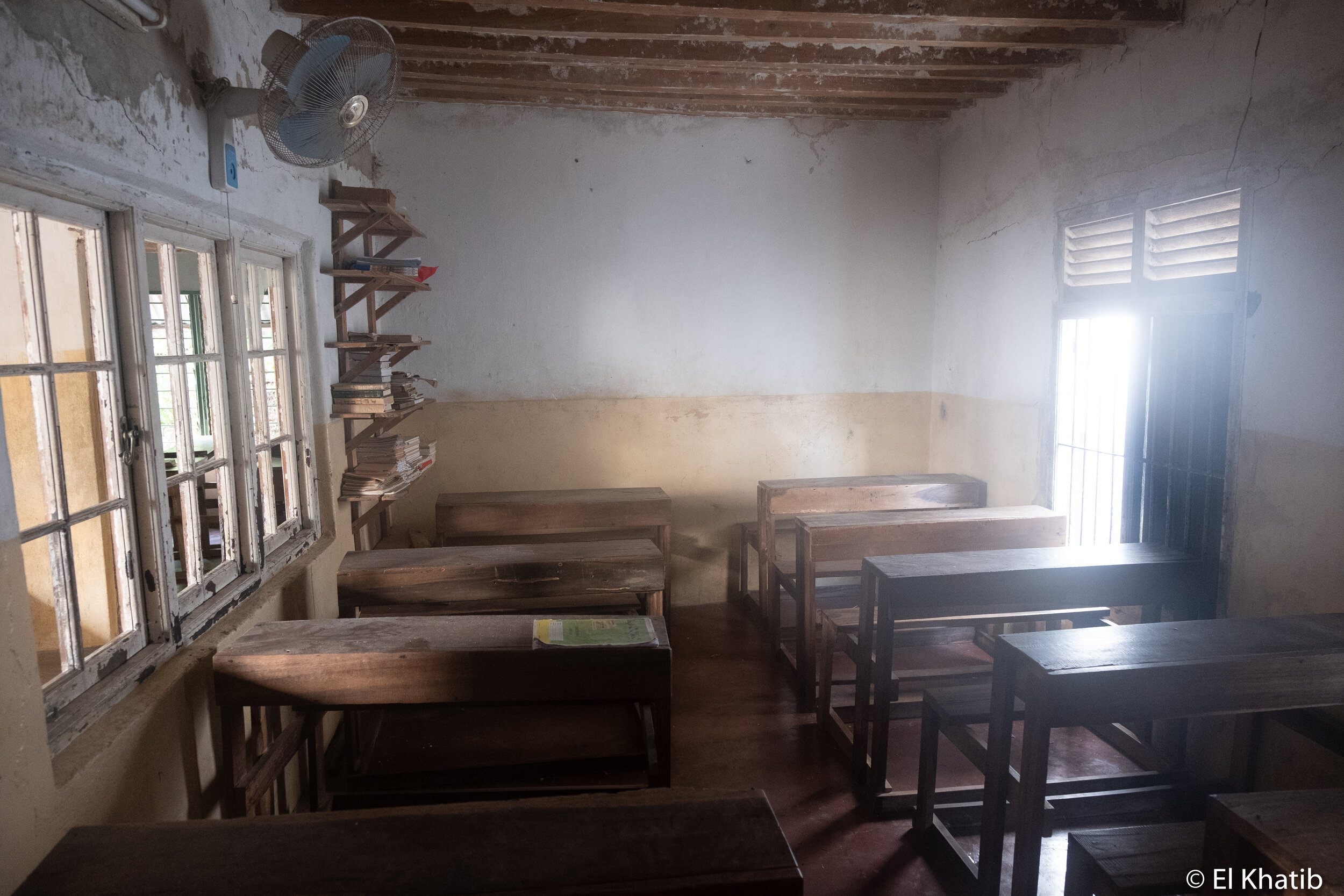
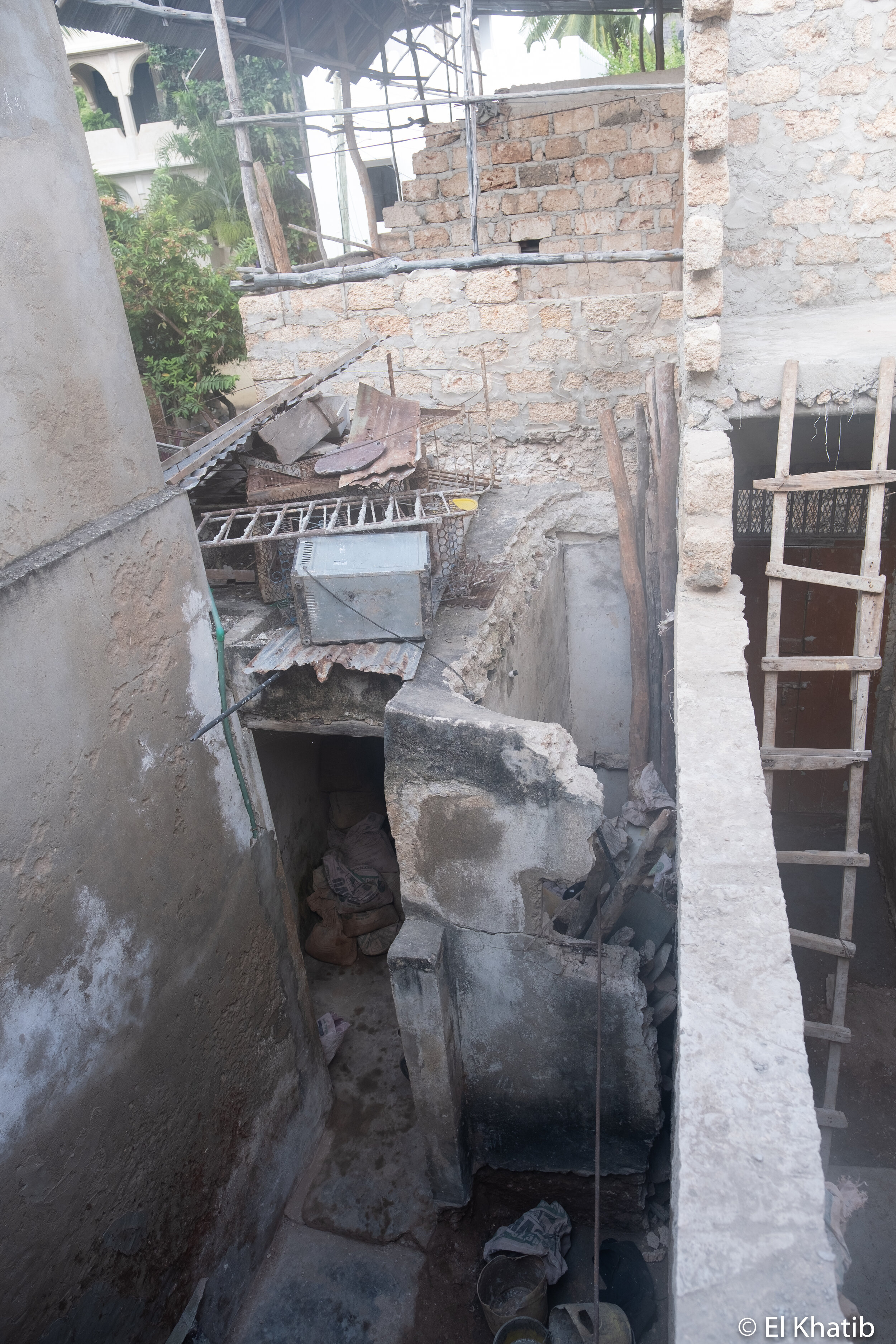
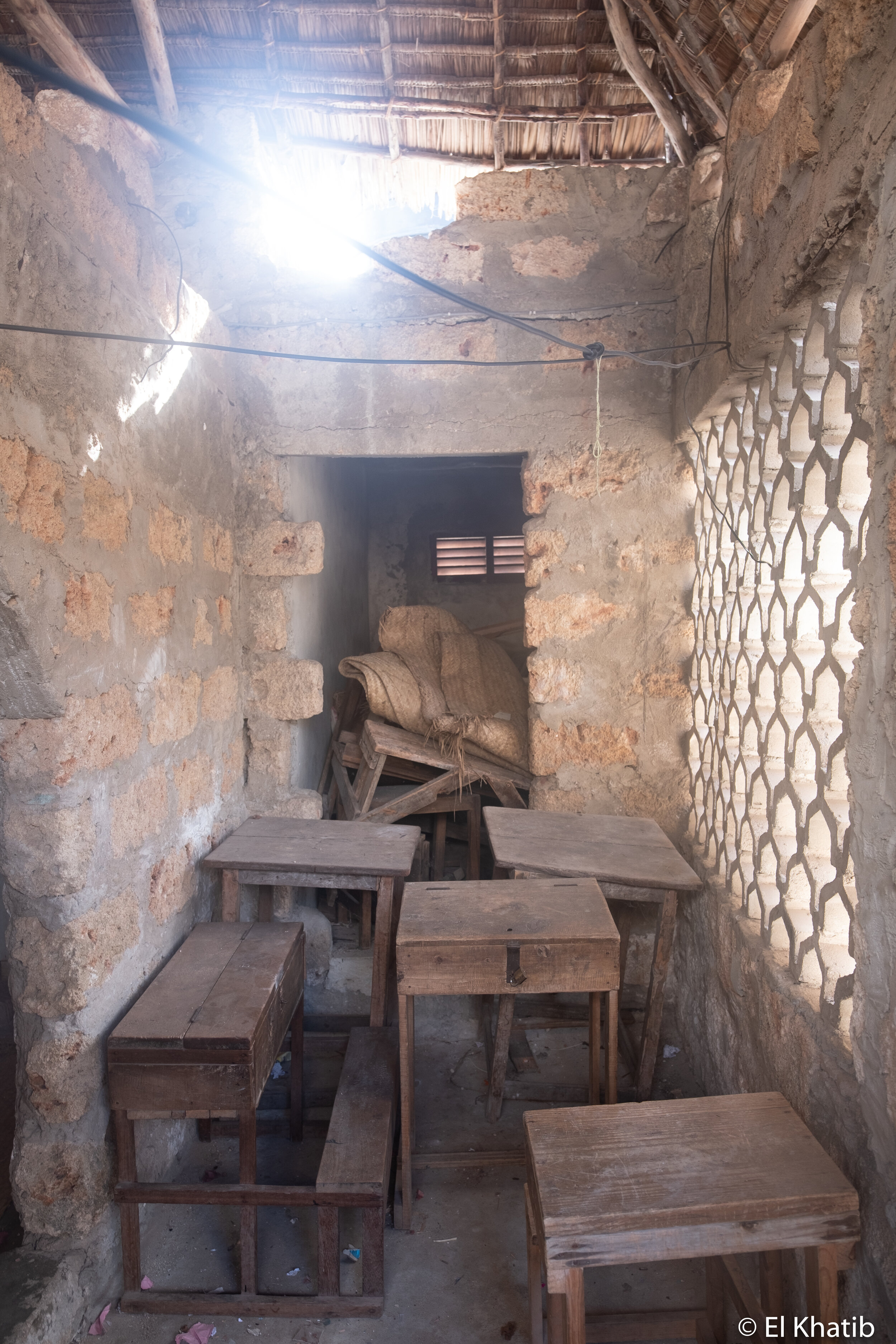
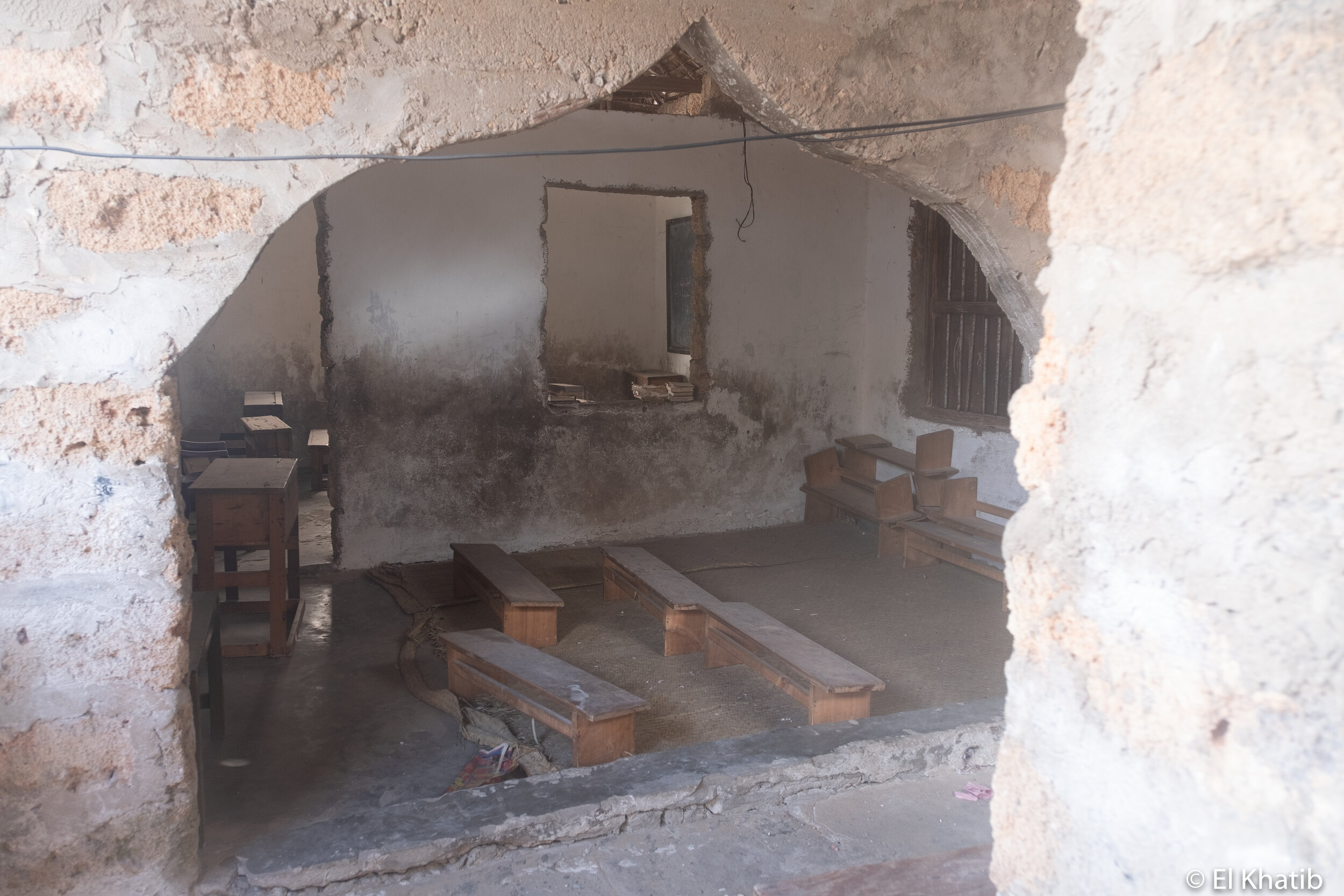
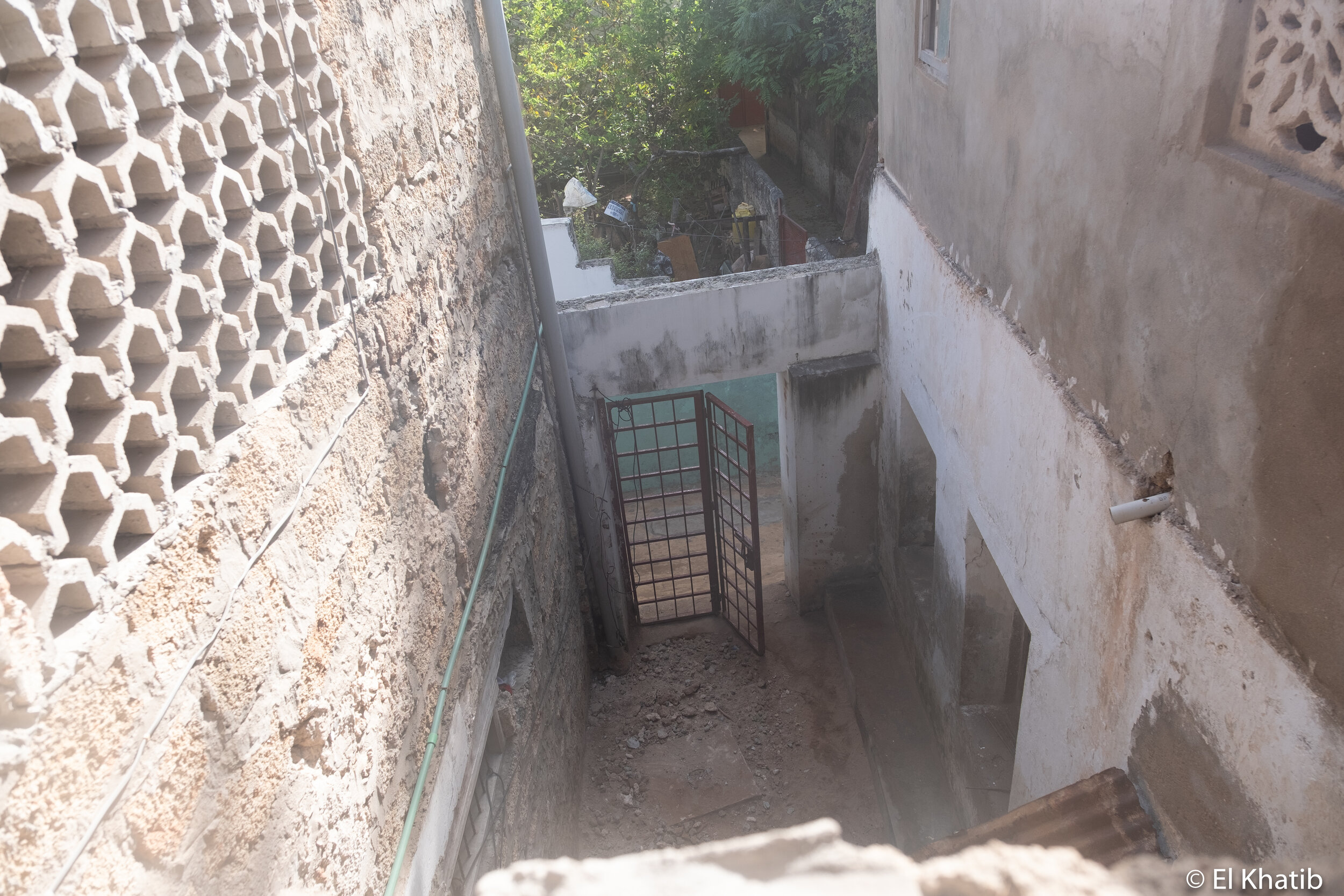
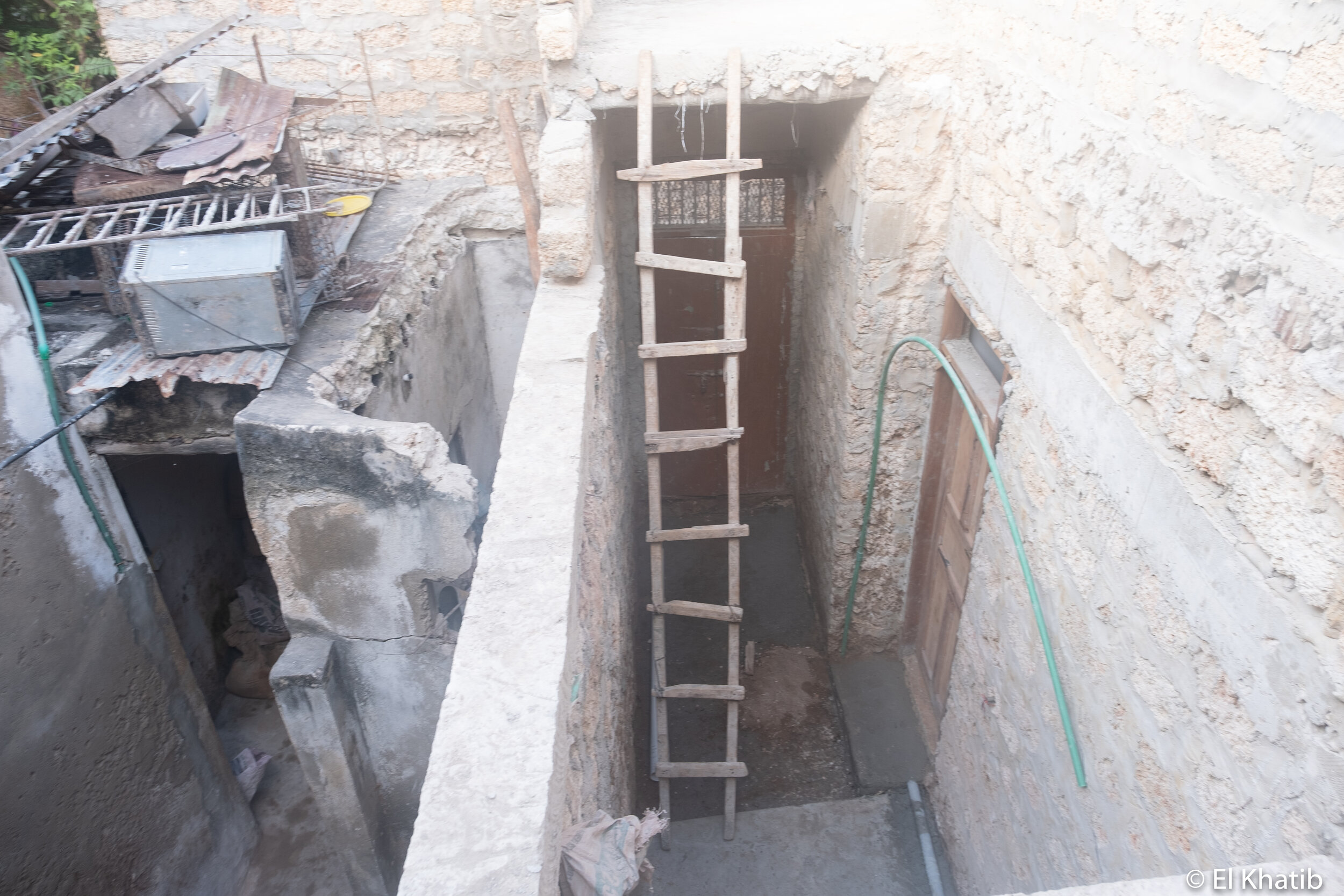
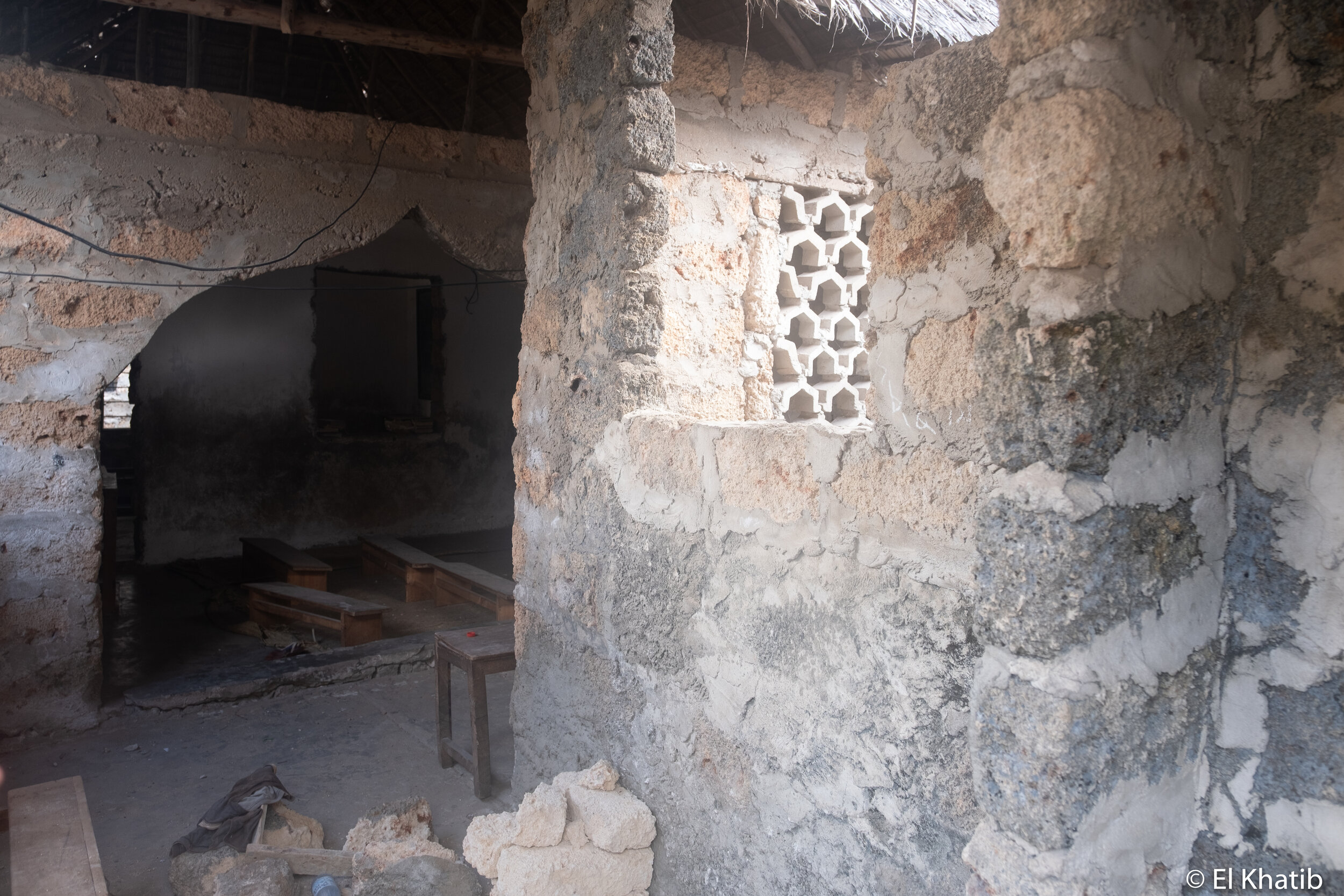
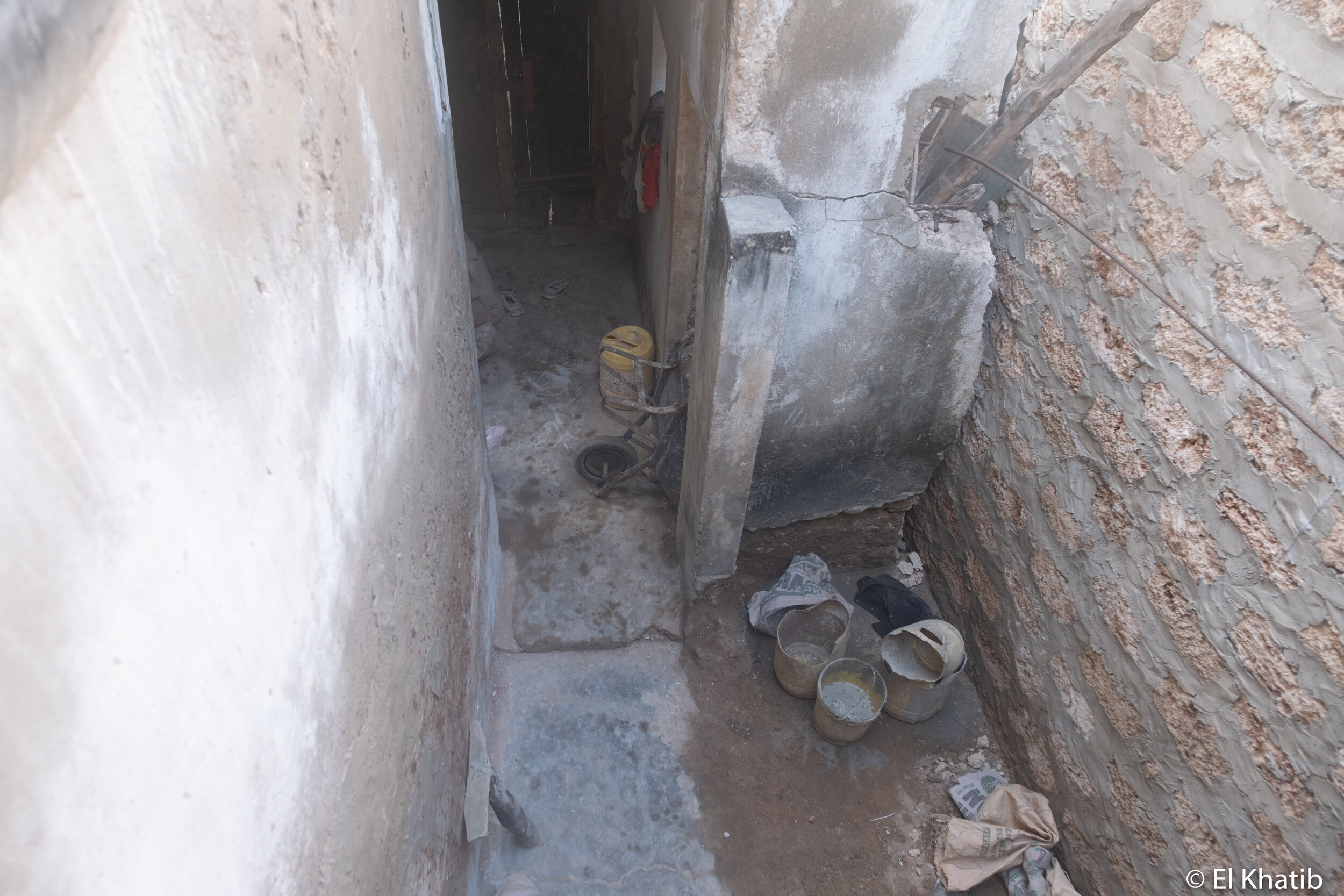
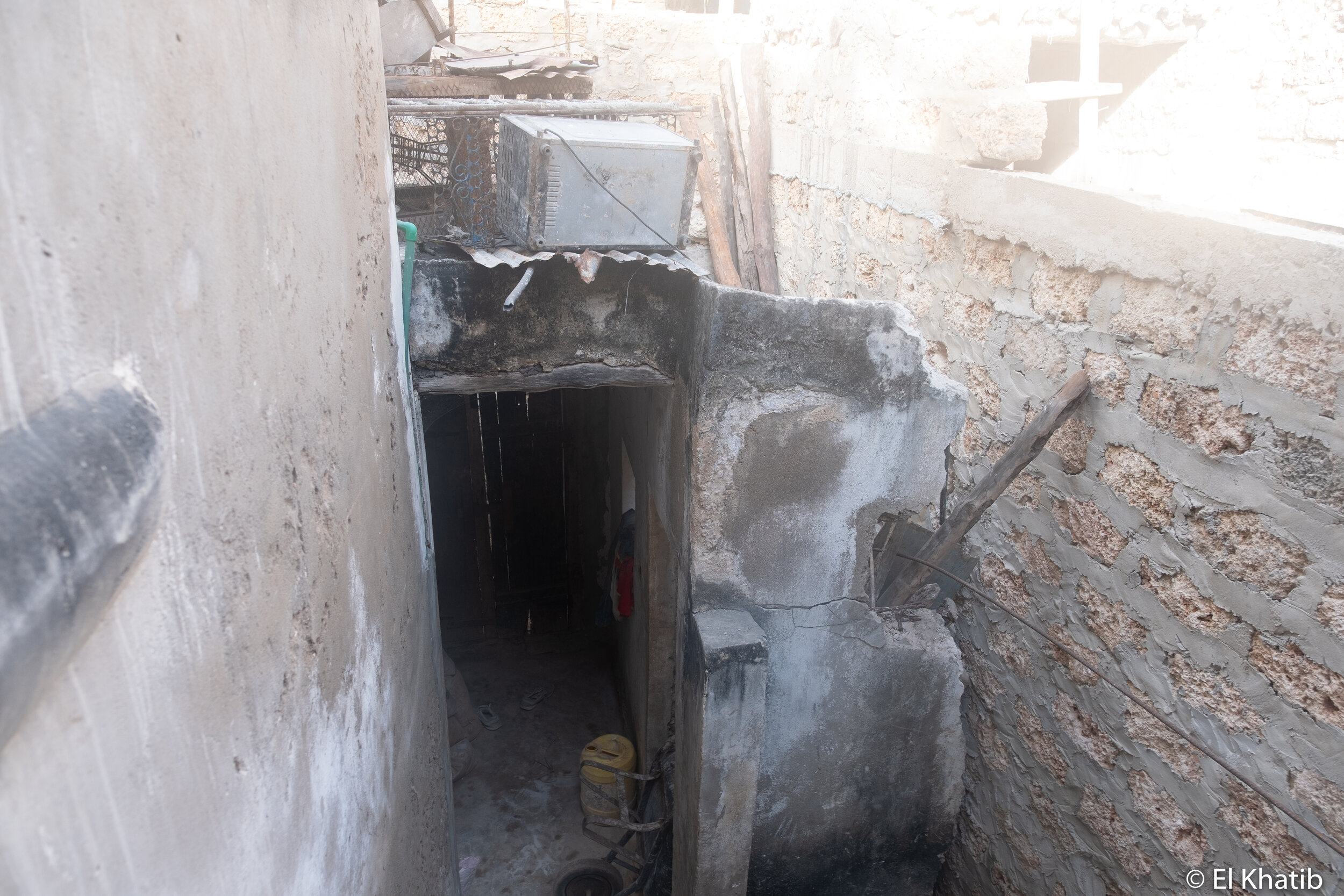
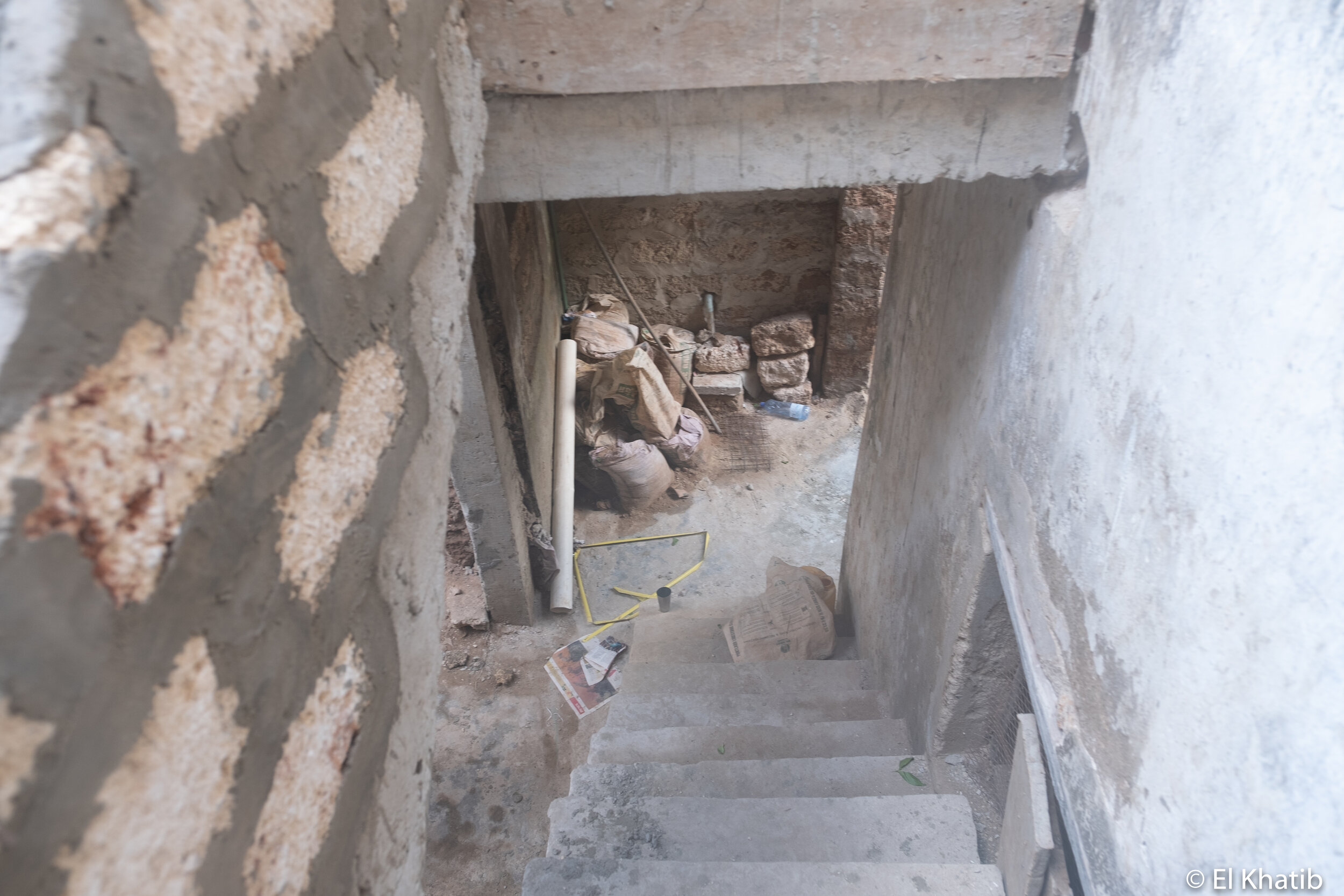
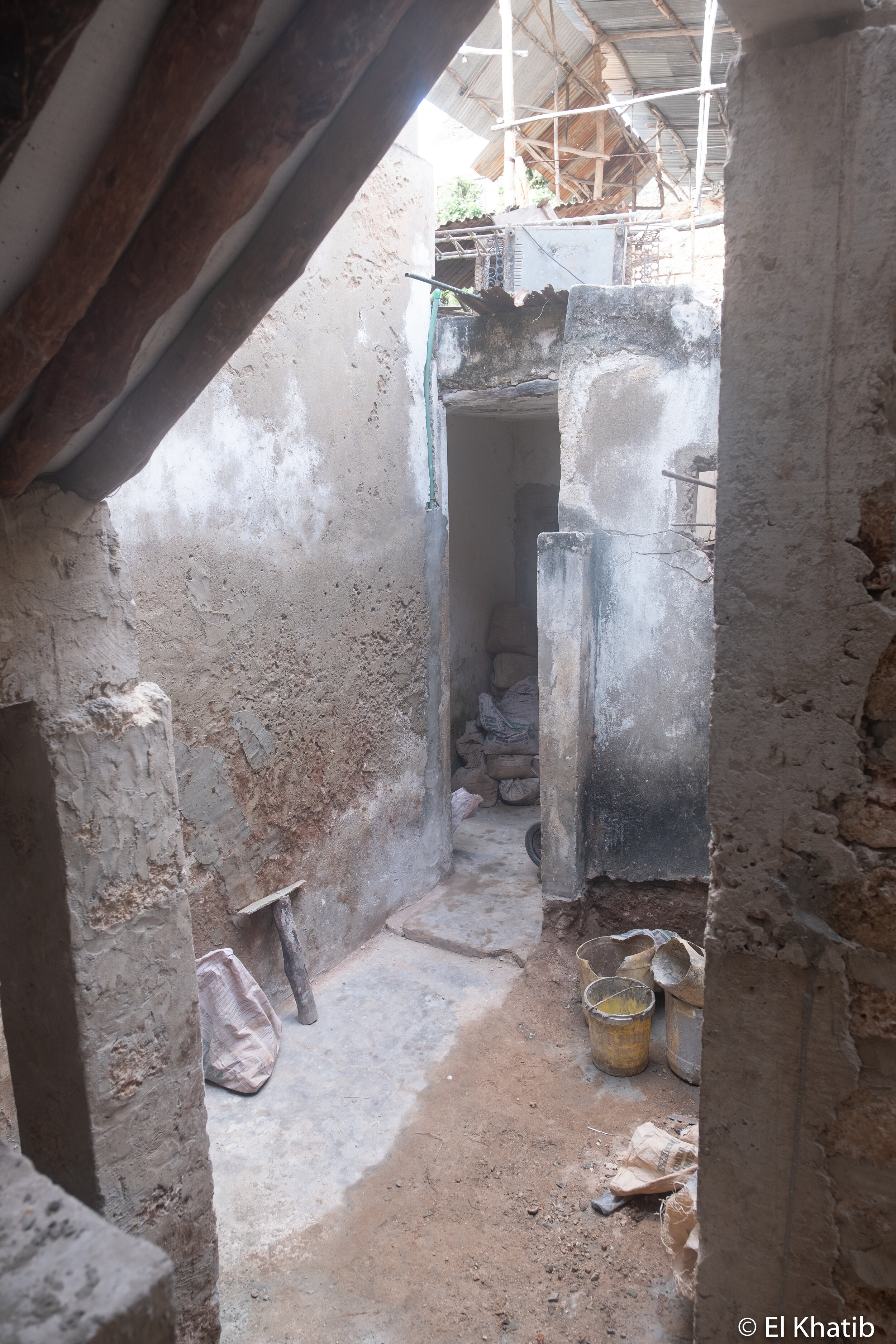
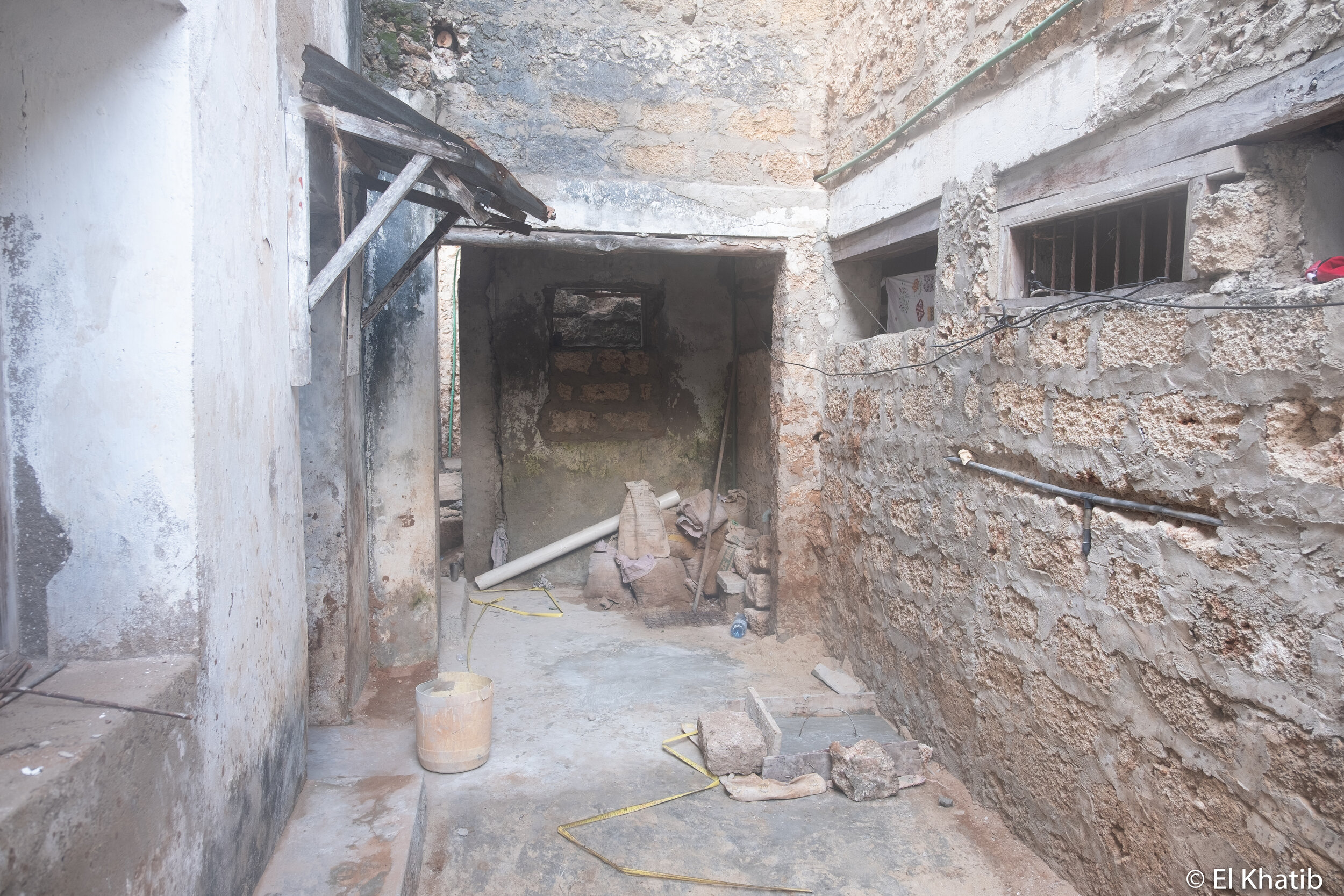
There was an almost daily colliding of worlds in the evenings when Shela Town locals and tourists, Zubeir often amongst them, gathered to play soccer on the beach in low tide spectated by patrons of the Peponi Hotel and passersby. Lured out by the reduced humidity accompanying sunset, the children of Madrasat Al-Huda utilized the window of cool temperature before Maghrib (sunset prayer) to play, mostly in the water.
Groups of children sailed on makeshift dhows, hitched rides on real ones, fished with discarded fishing line, and played various games centered around diving off of the jetty. I reveled in seeing the candy that I’d given to the children turn up at various times in different locations. Each evening, the children fervently tired themselves out, determined to extract as much play as possible out of the remaining rays of sunlight before the Maghrib prayer.
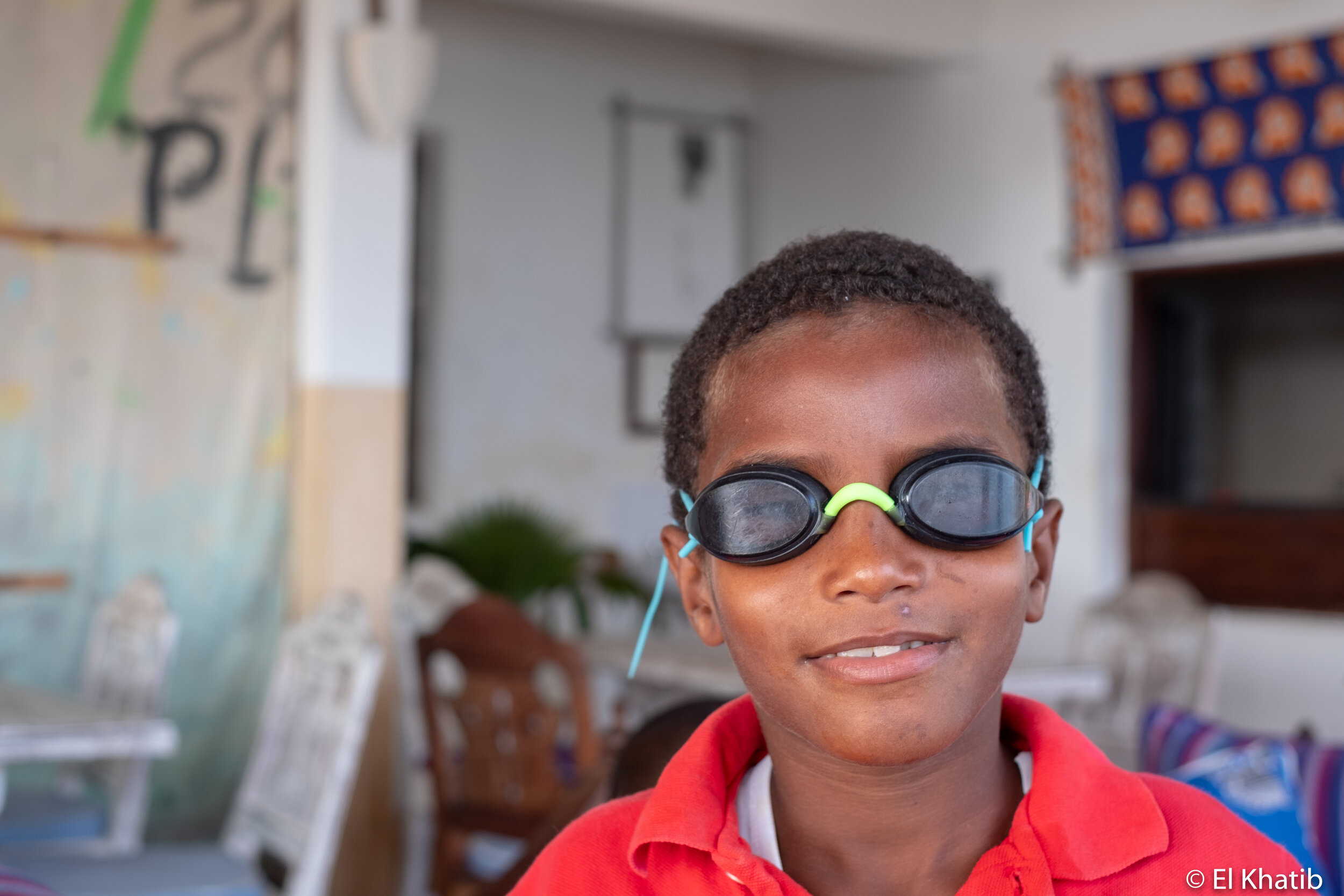
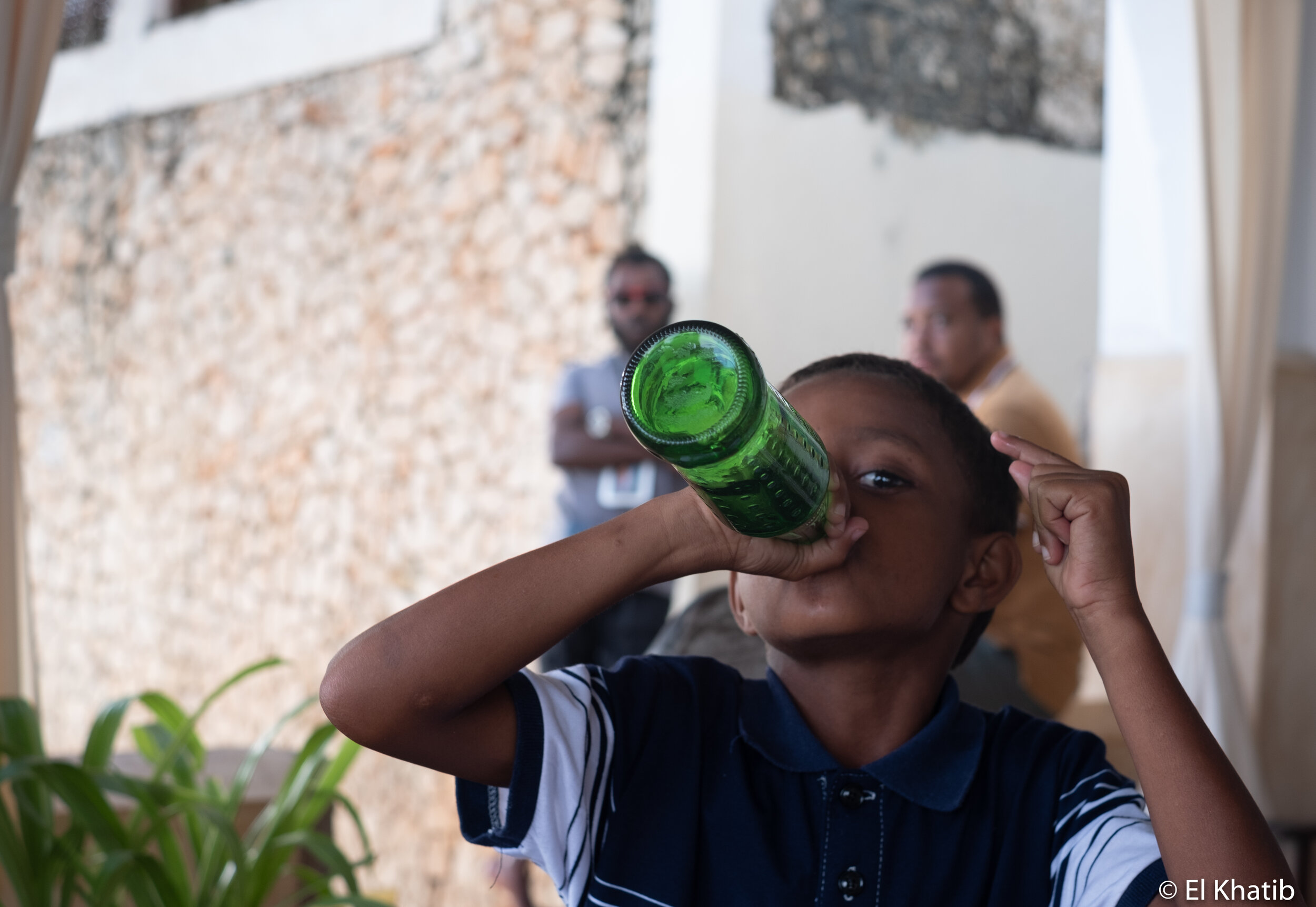
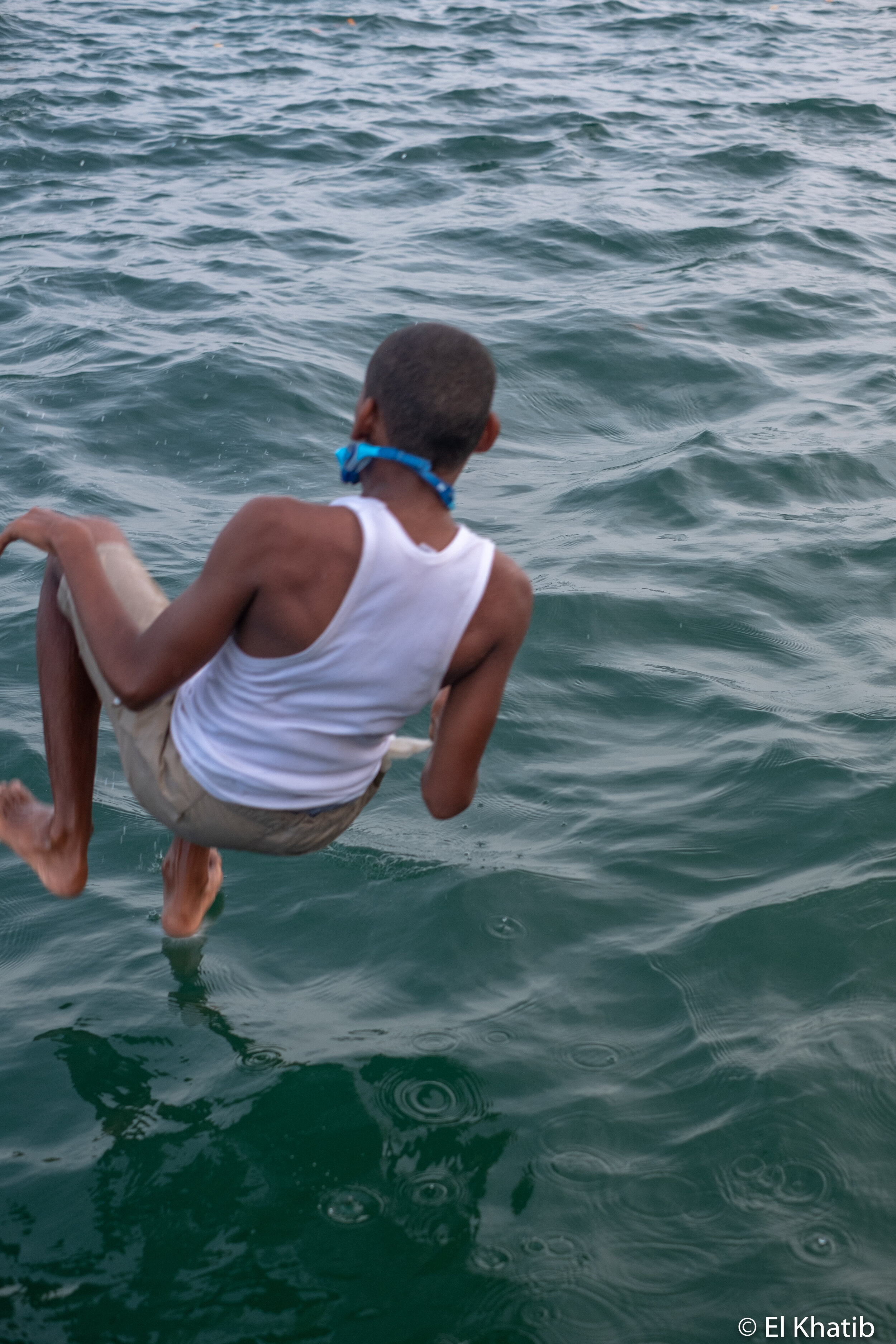
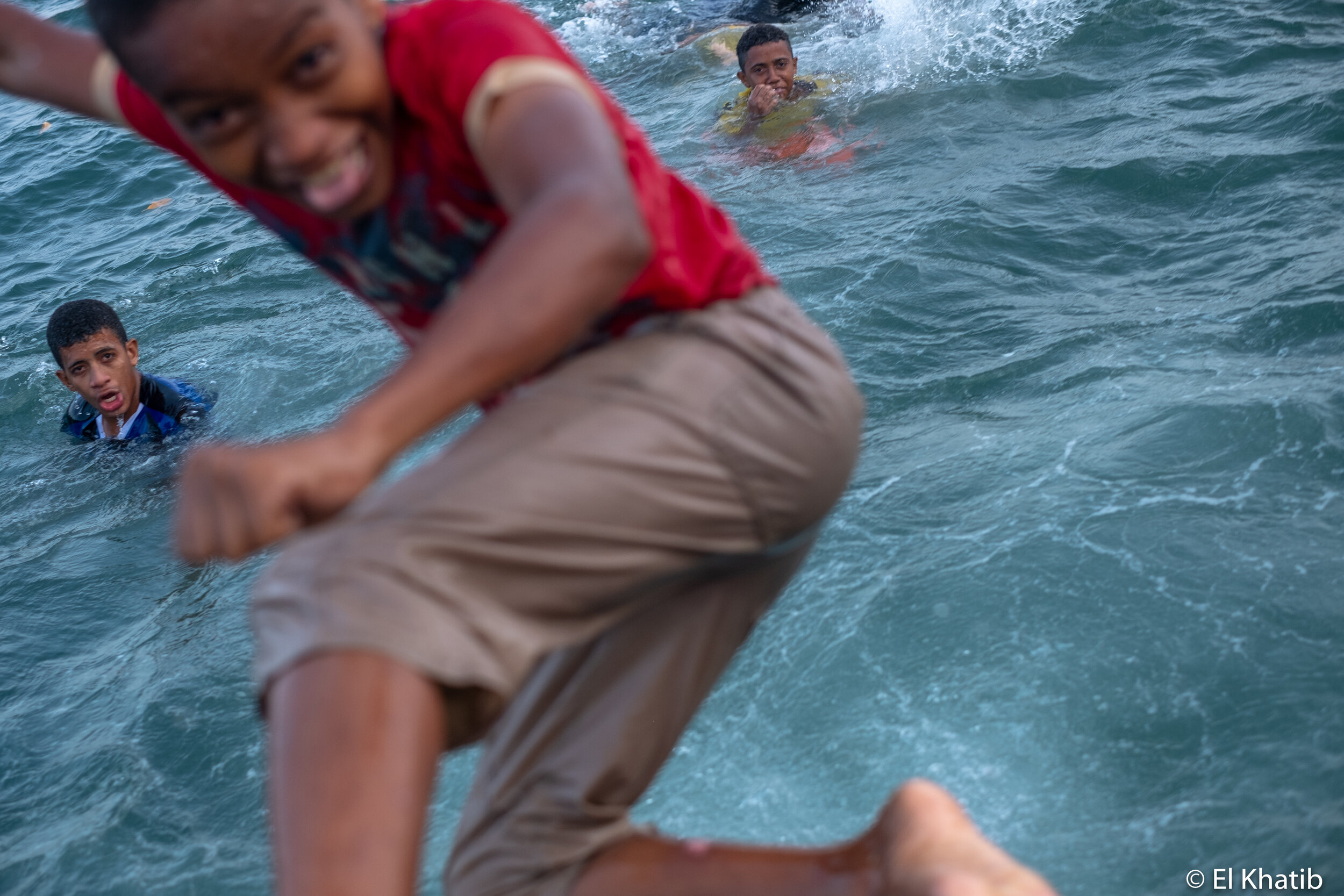
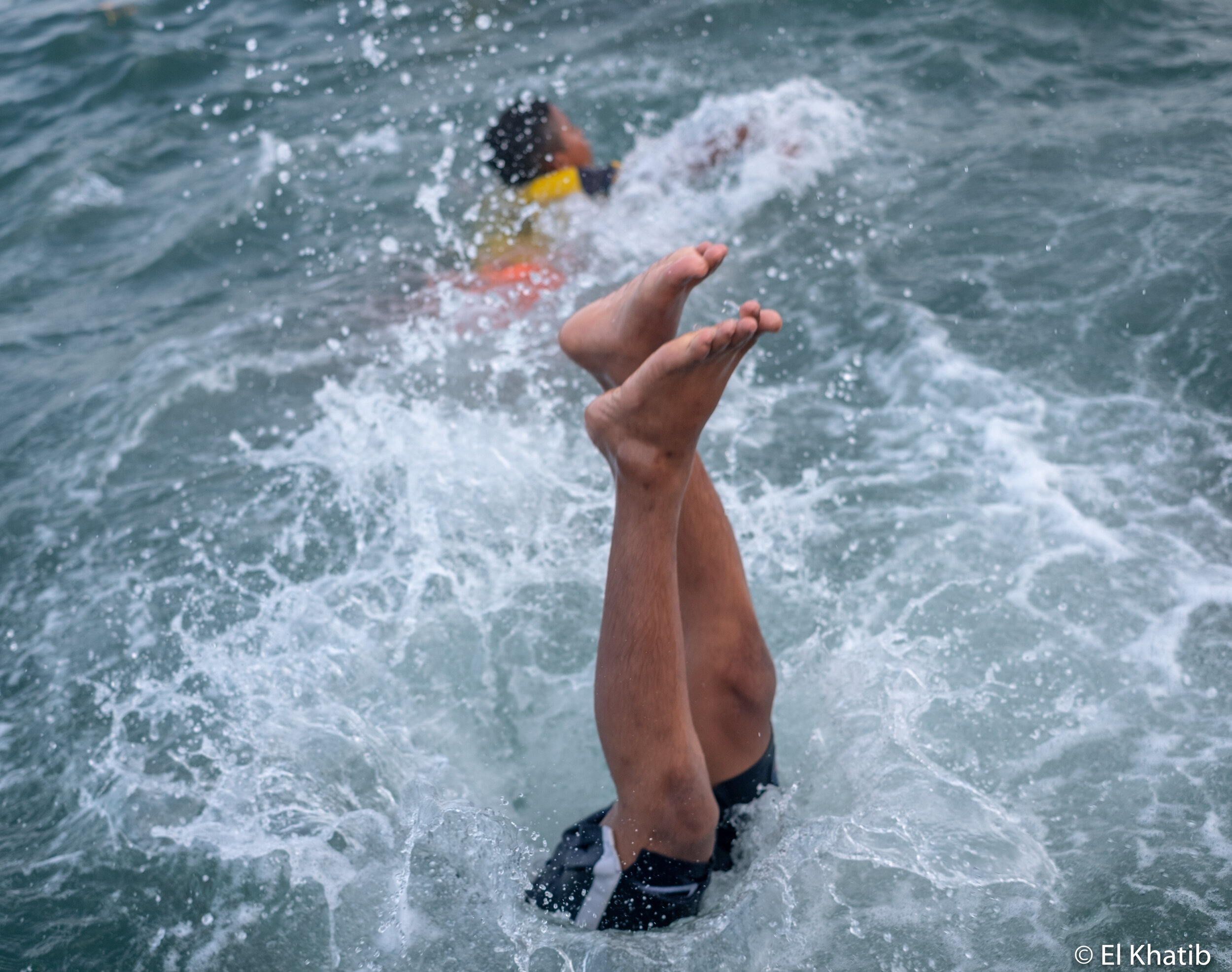
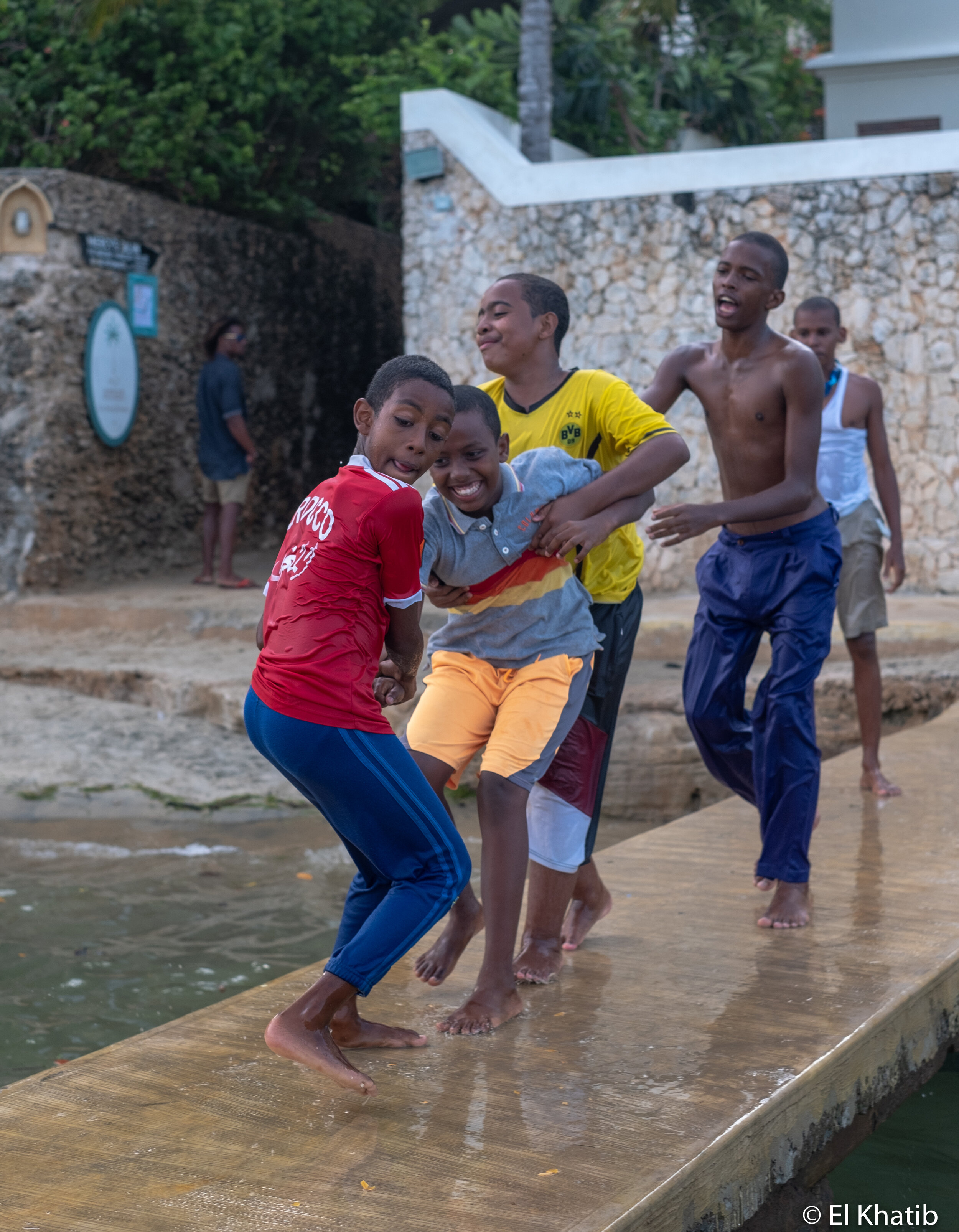
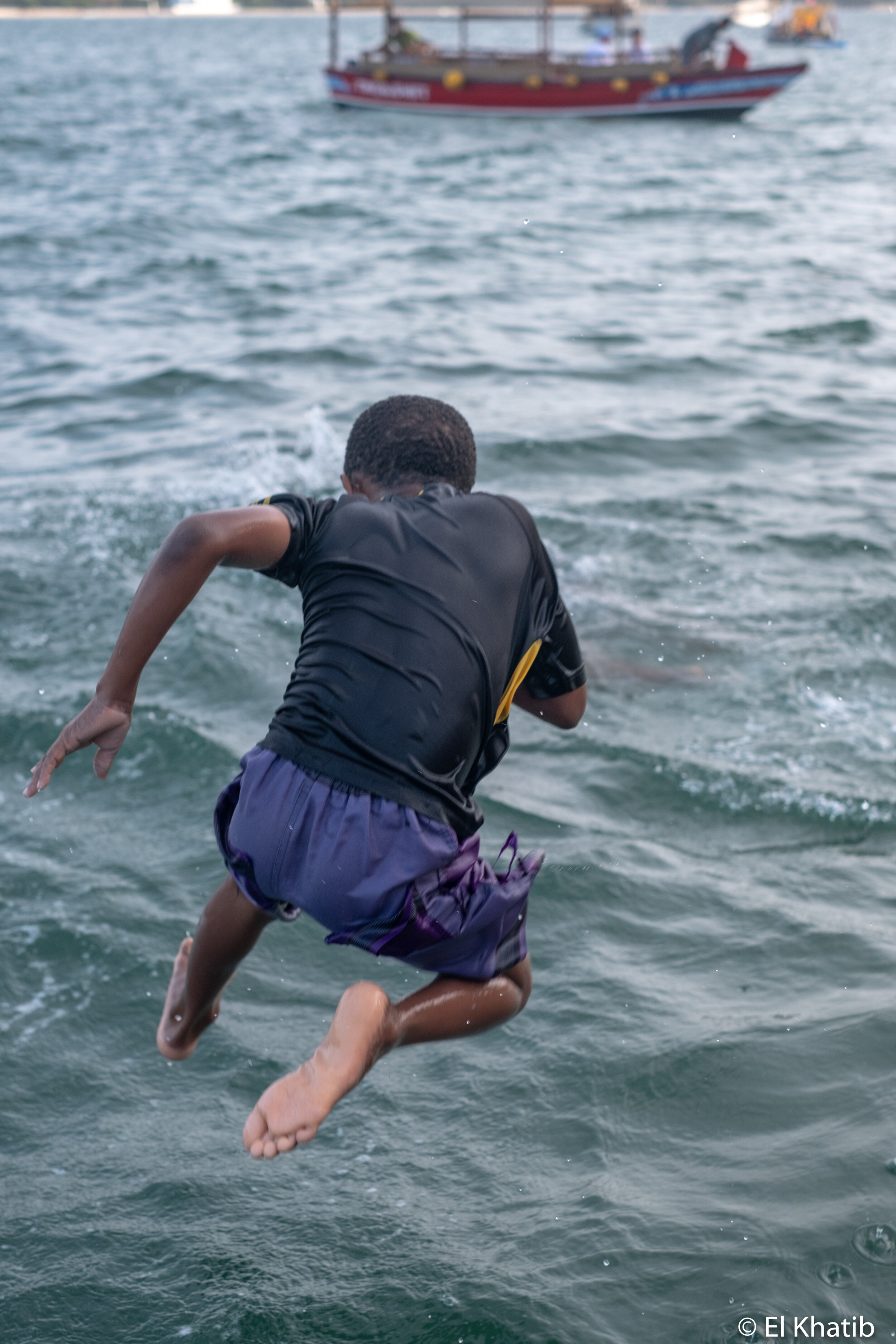
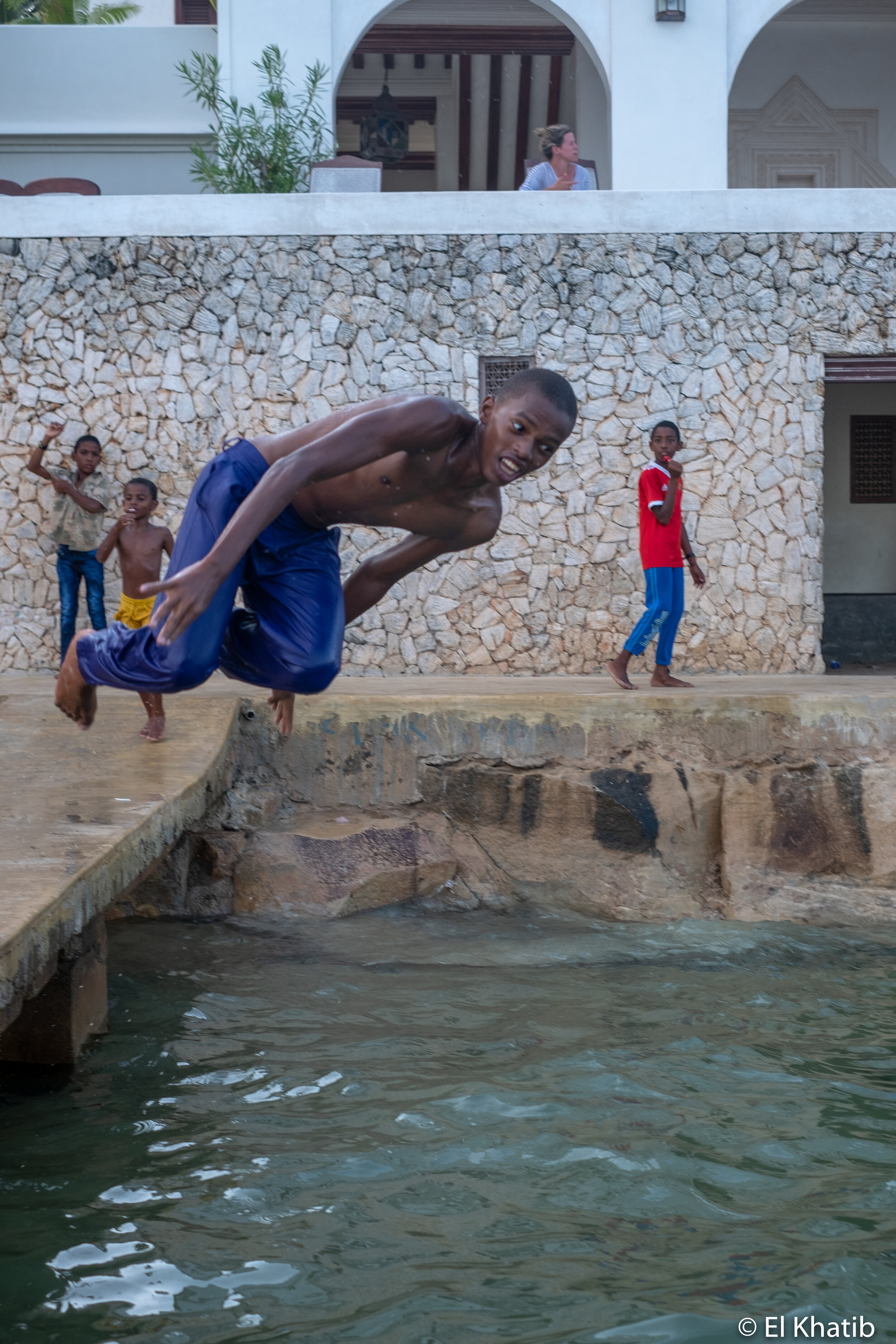
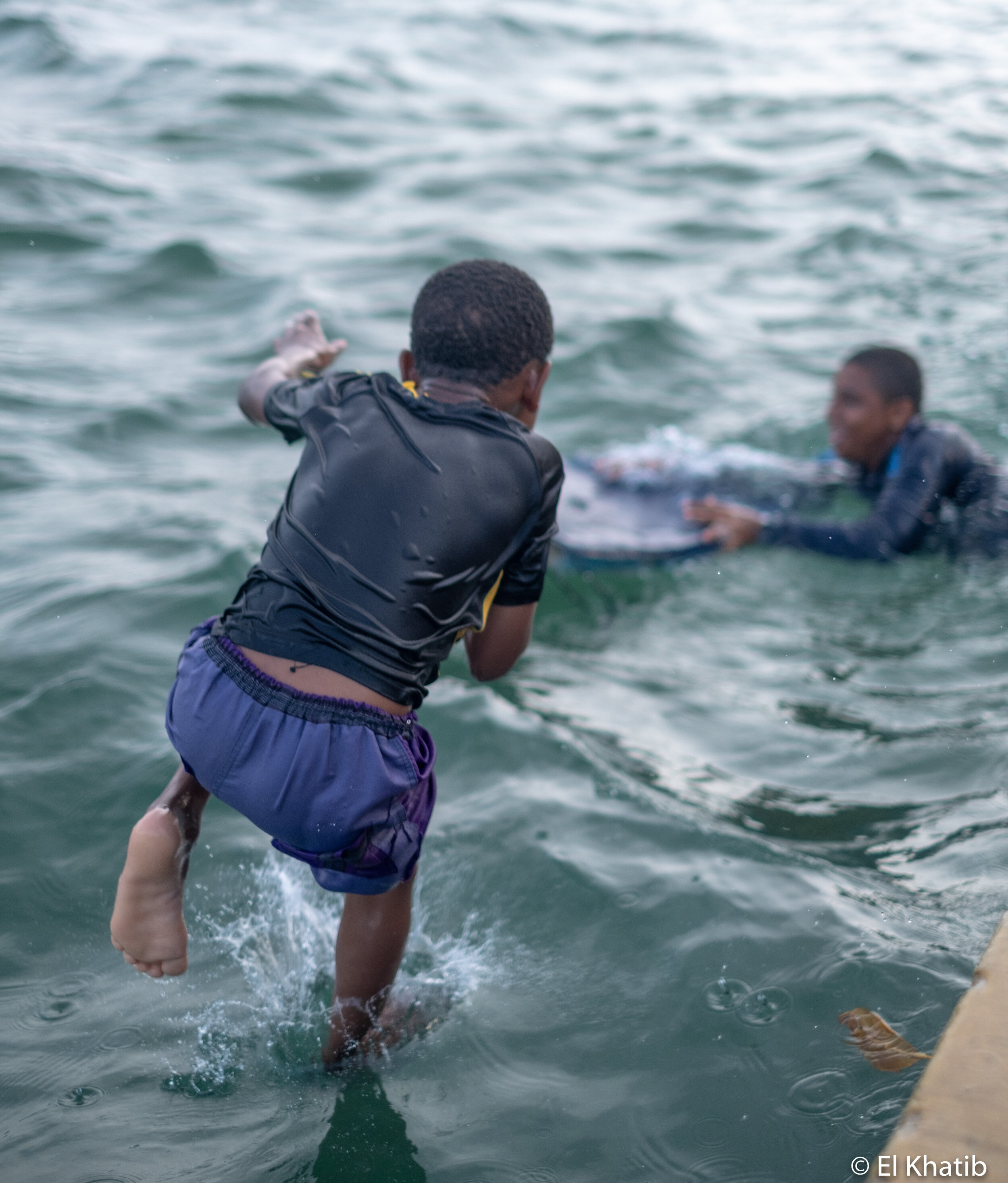
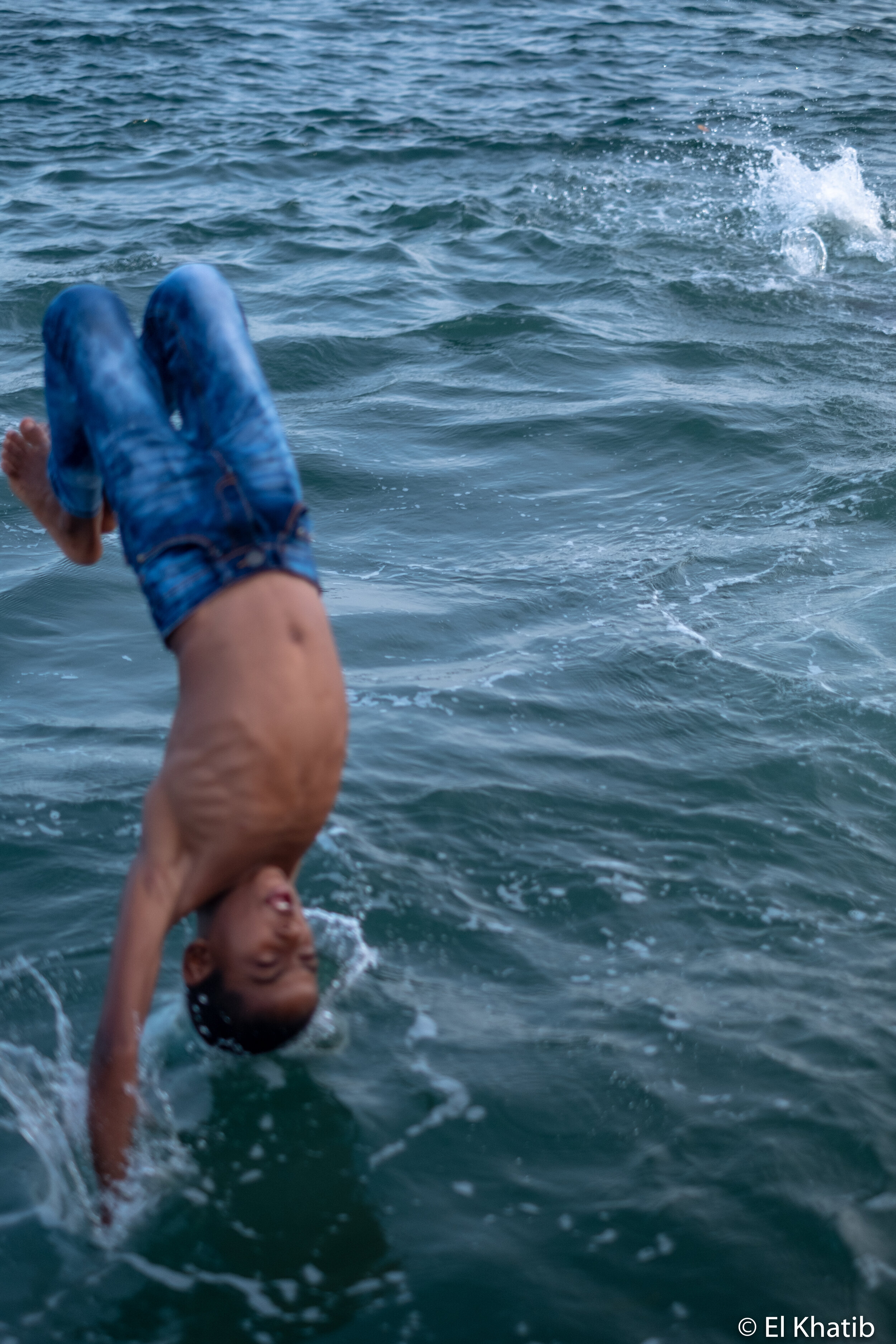
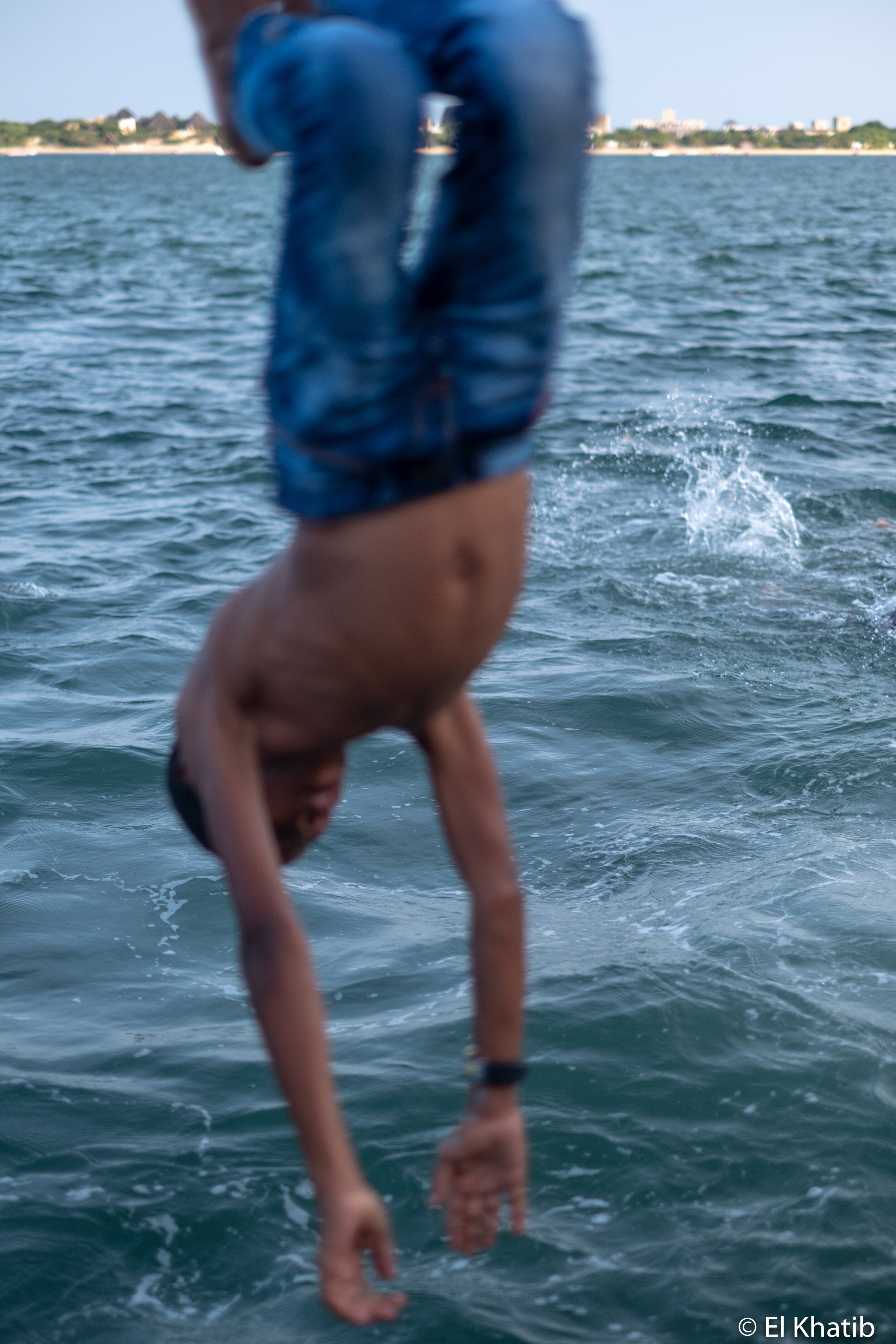
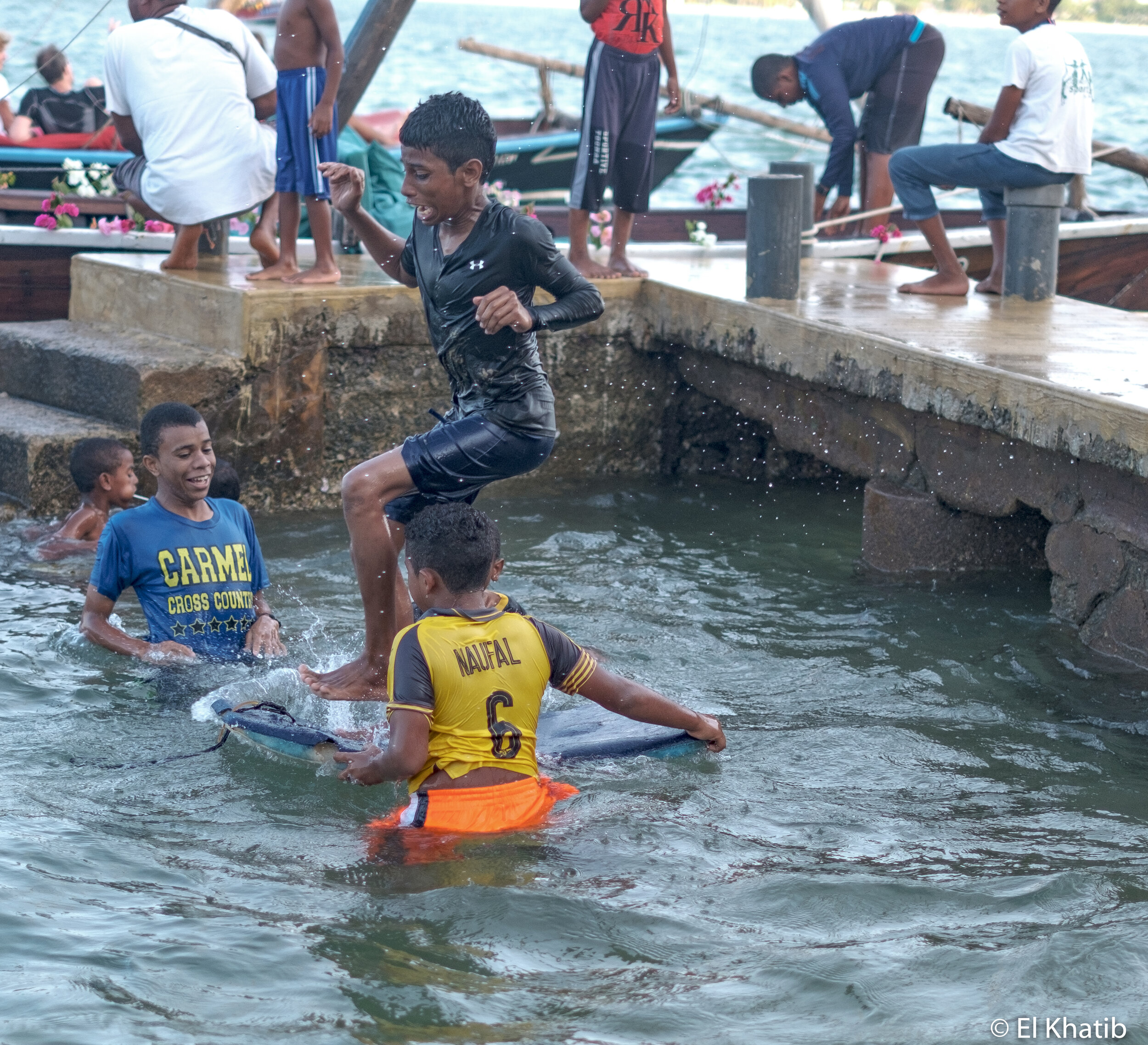
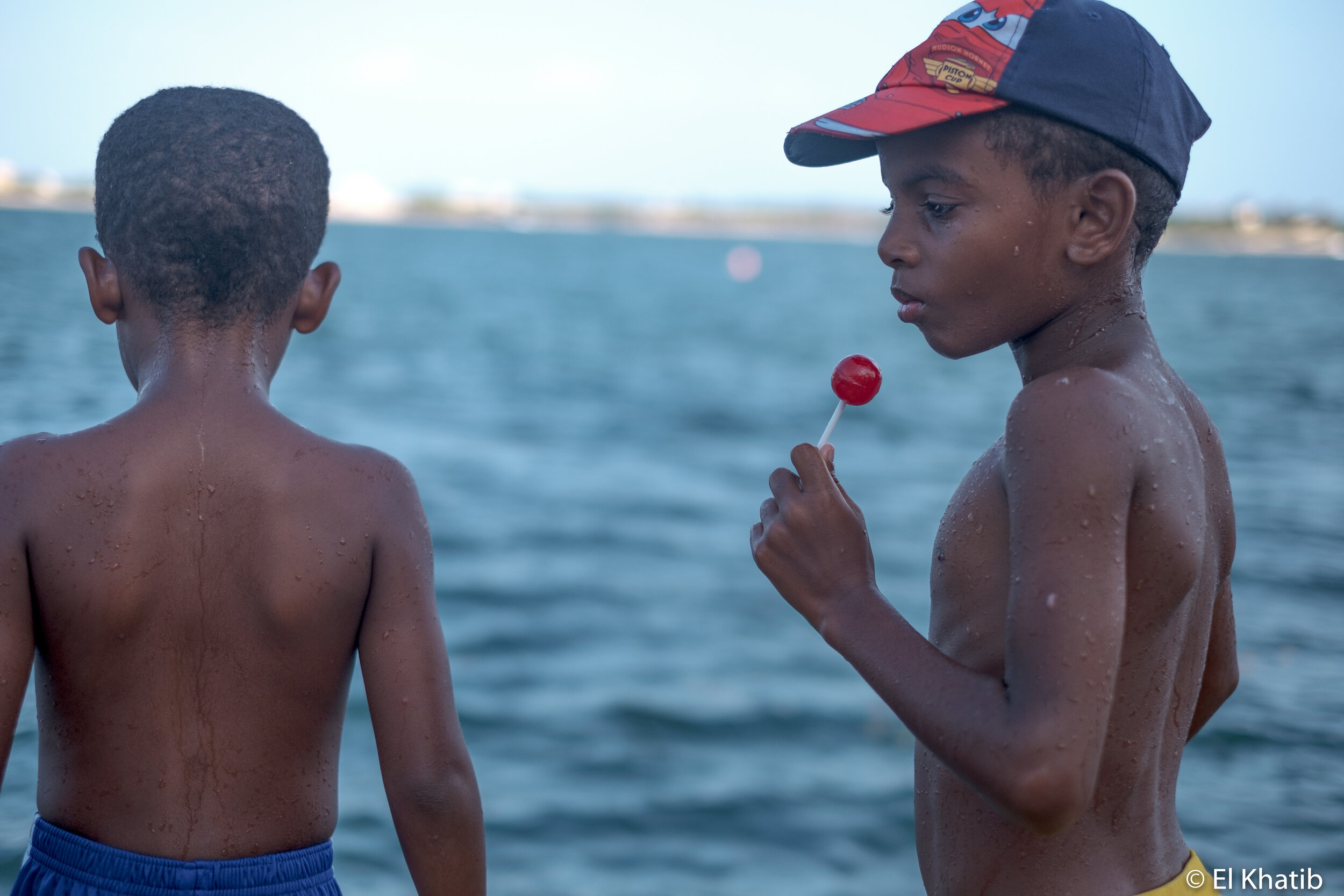
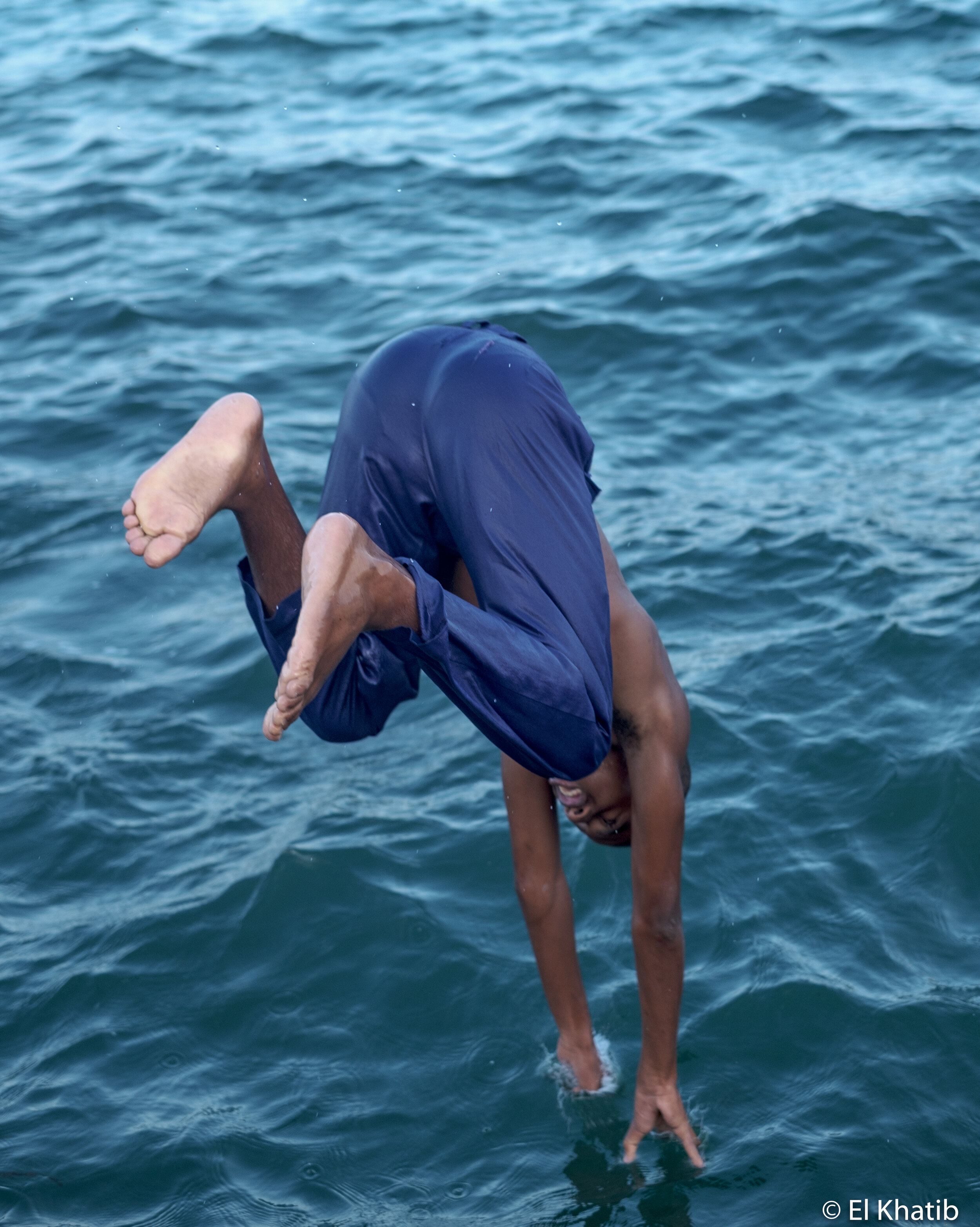
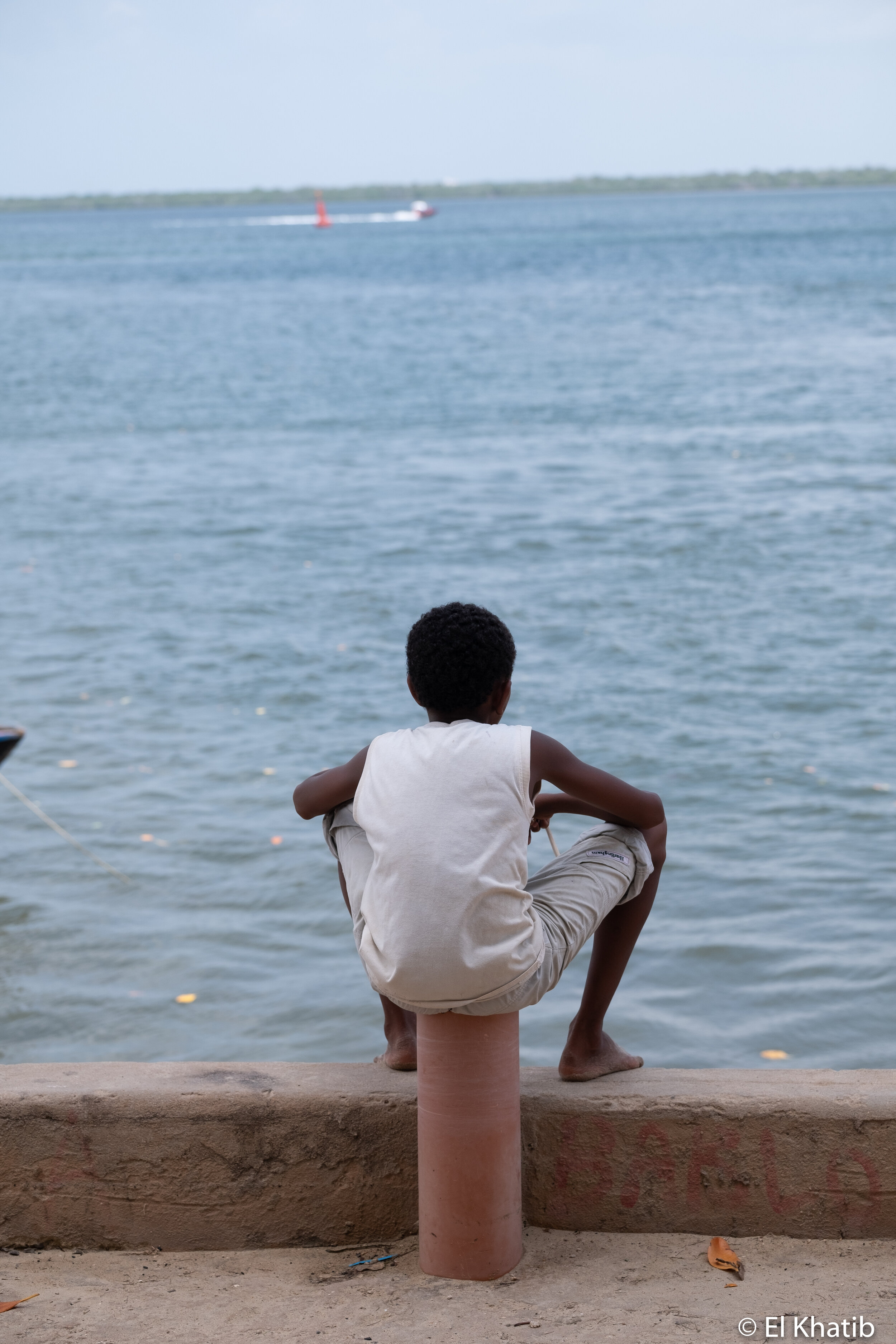
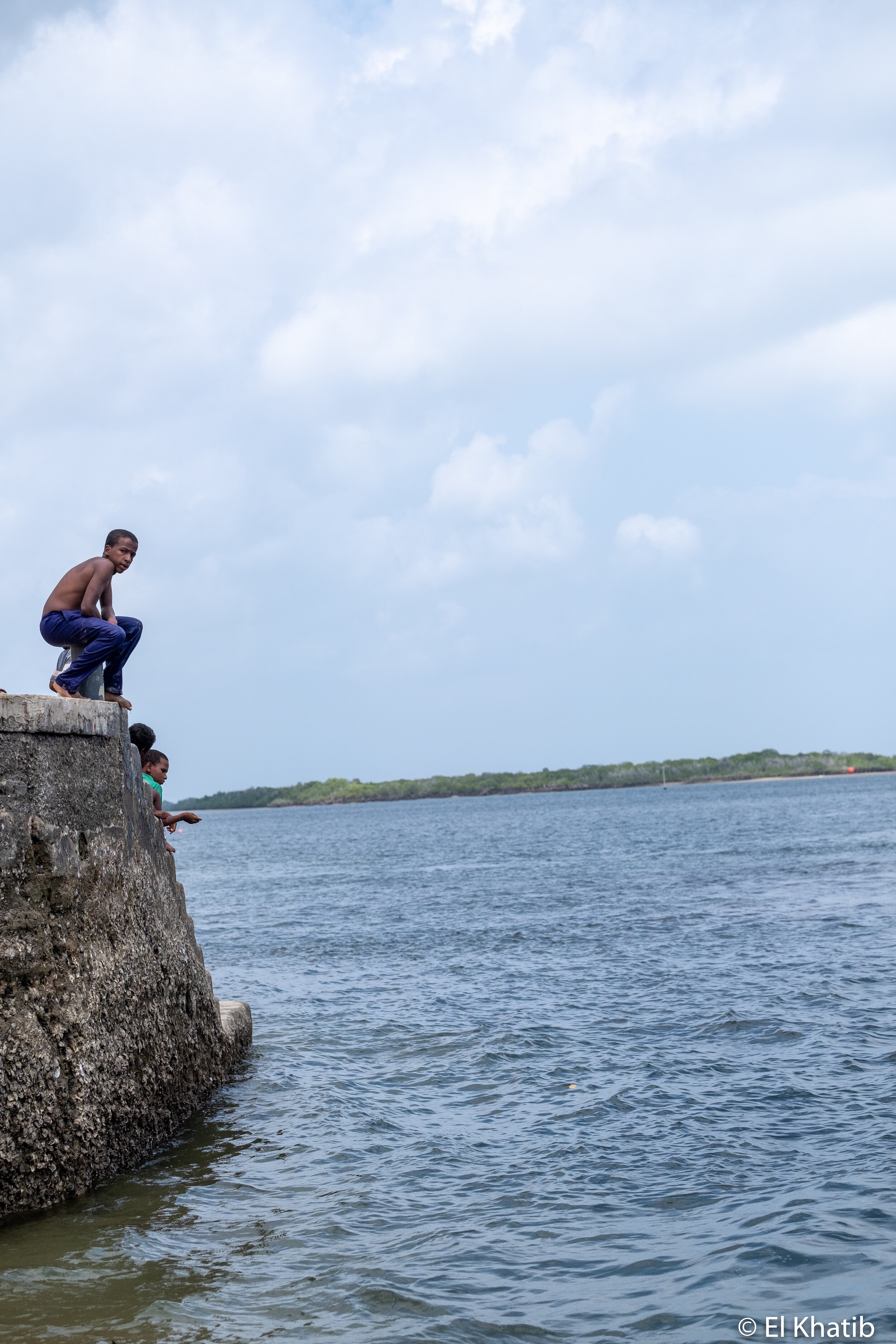
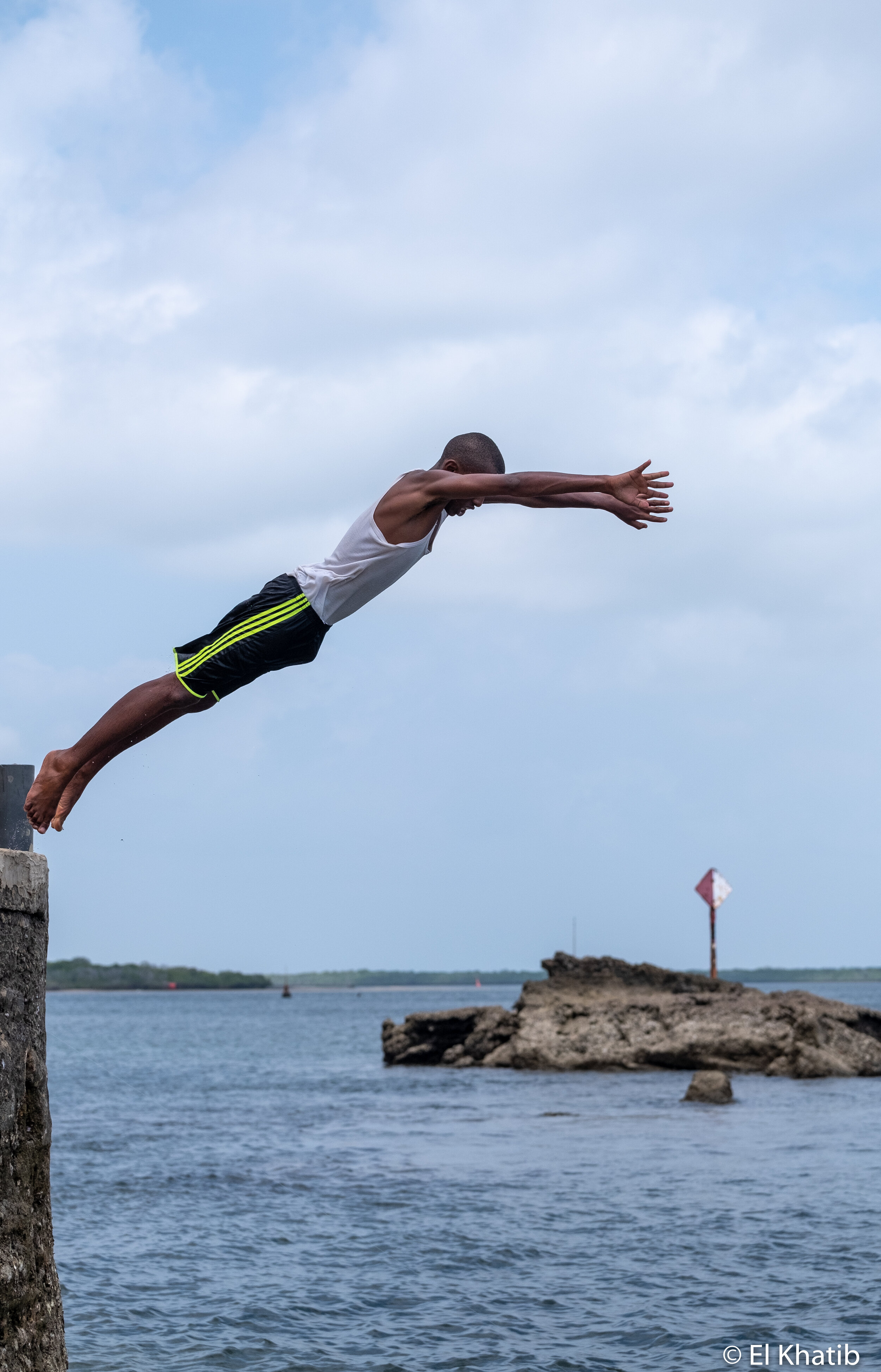
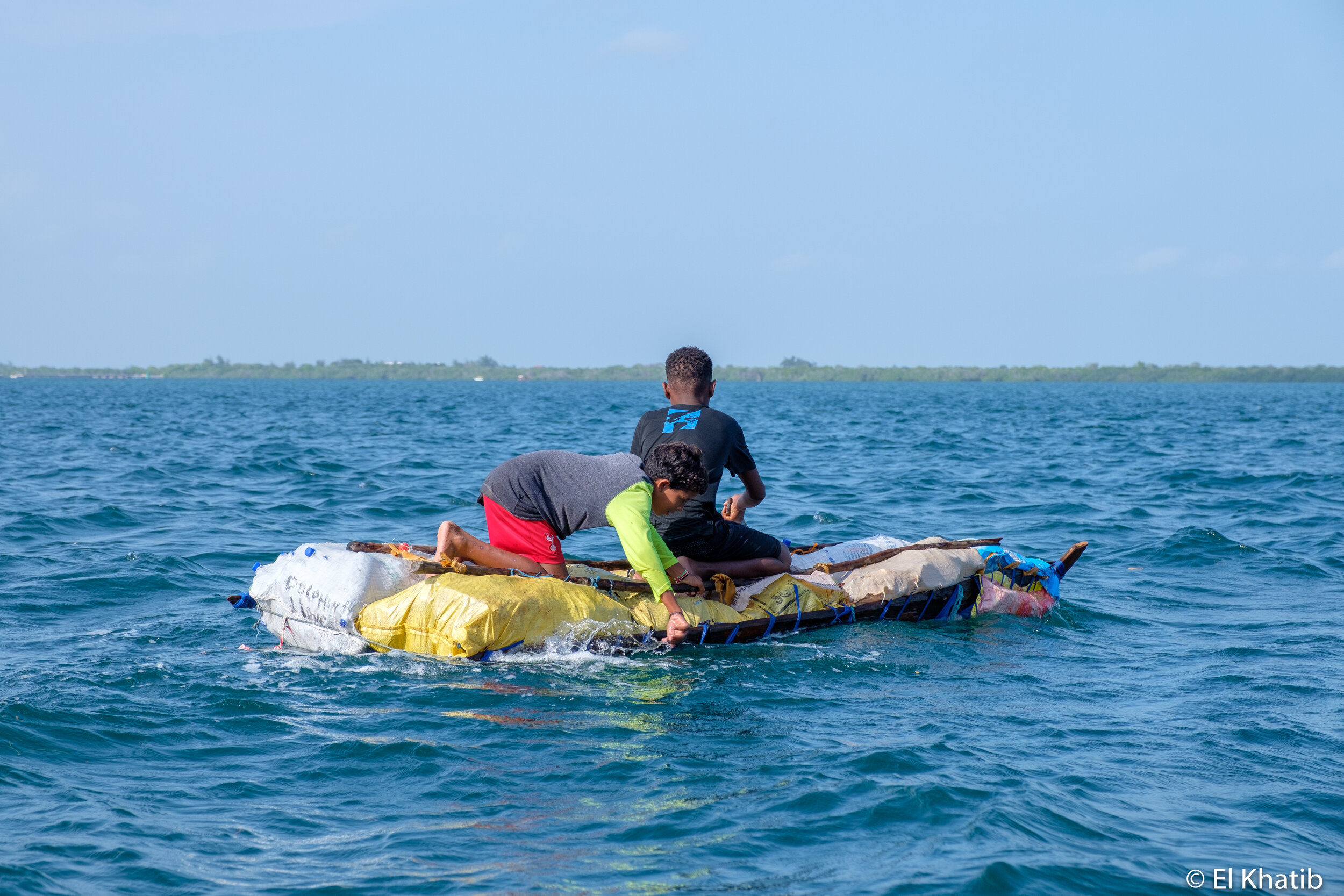
We’d go our separate ways shortly before the call to prayer, only to reconvene at the mosque, where each night, one of the older children was selected to lead prayer. I tried to put into words the spiritual and emotional experience of my time with these children and their love for the Quran, but no words I find do it justice. Perhaps this video will:
You’re likely reading this thousands of miles away from the place I’ve been describing. You may never cross paths with anyone from this community or visit this community. But the beauty and love that I experienced here were expressed to me in a universal language, one that moves over oceans and above mountains. This project is ultimately about preserving a community’s cultural and religious heritage in a time where many influences put it at risk. This land is the Kenyan Mecca. A focal point of Muslim history and scholarship in eastern Africa. Madrasat Al-Huda is one of many institutions that work tirelessly, every single day, to preserve that heritage and to instill in younger generations the love of Allah’s book. Regardless of how you choose to help, I hope you do.
